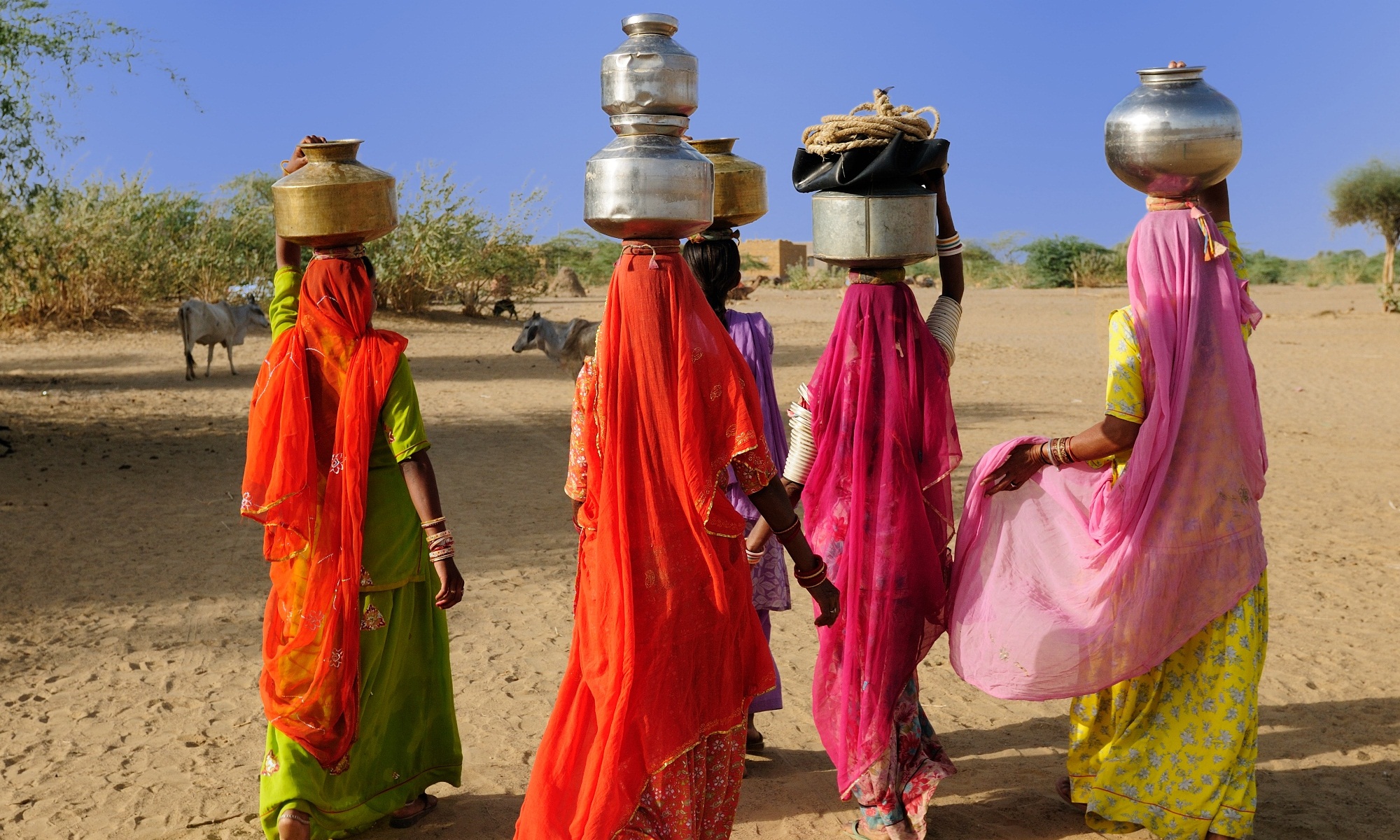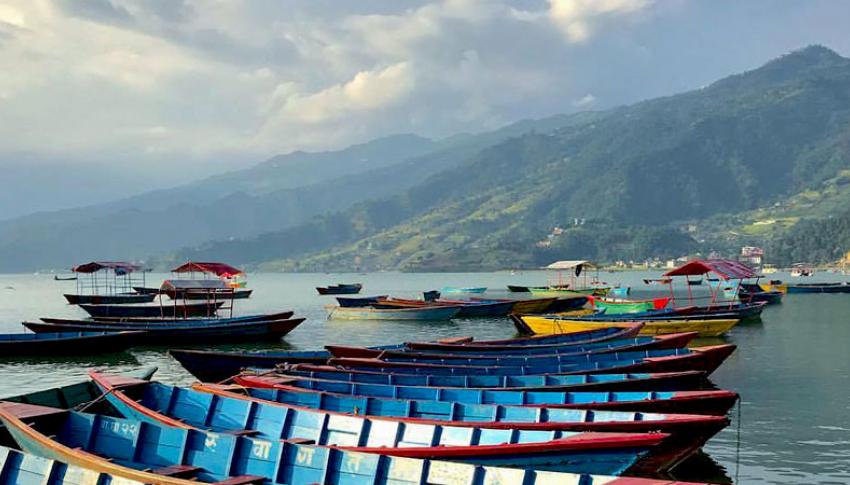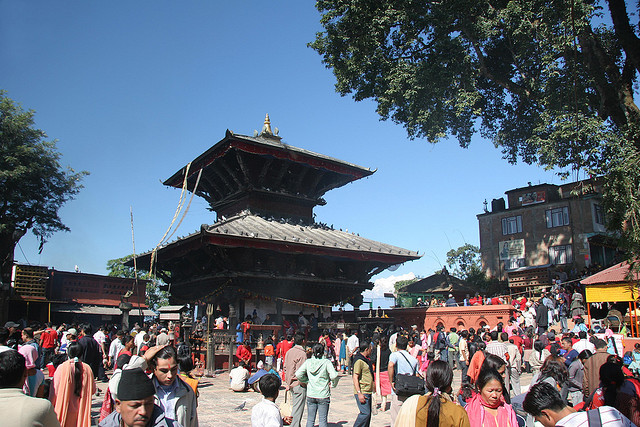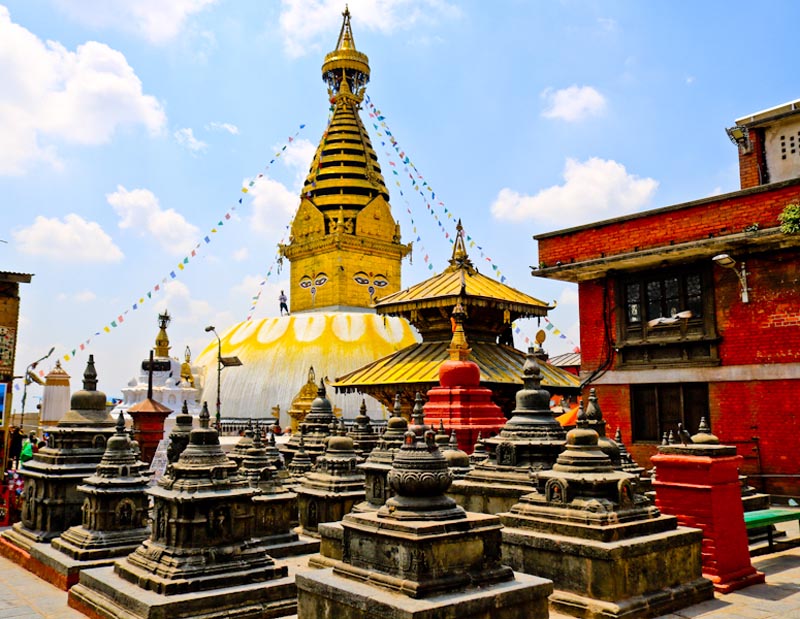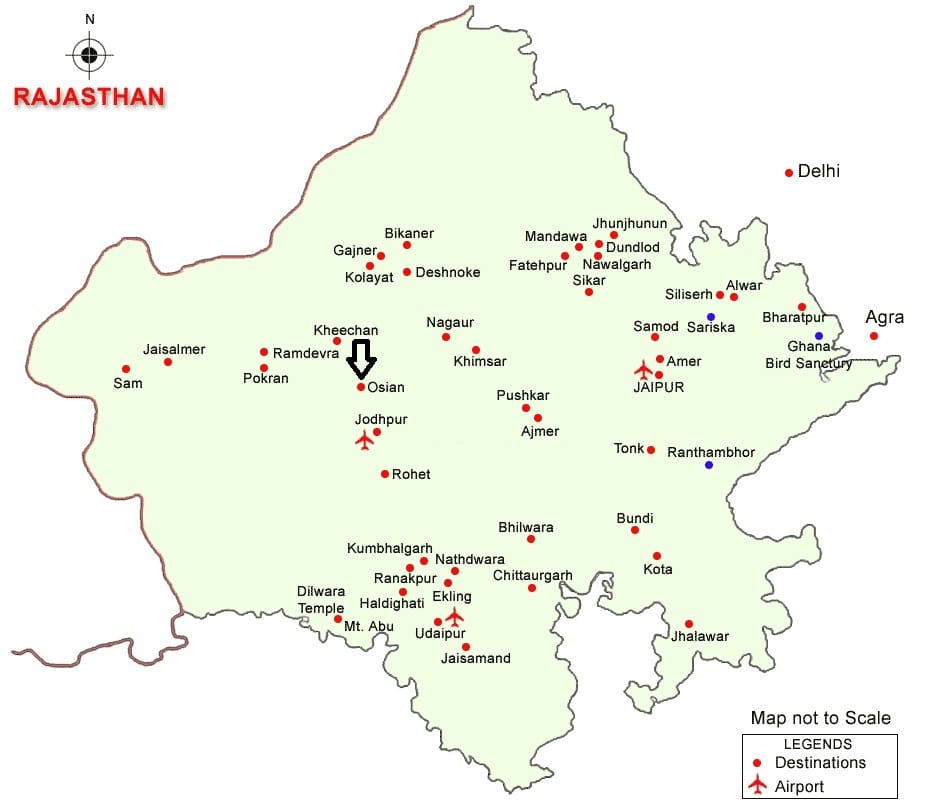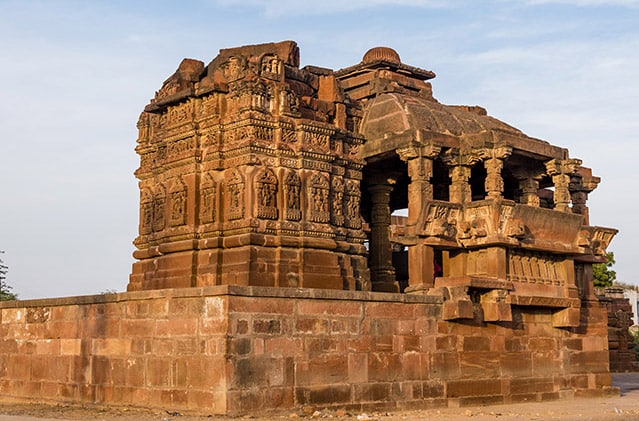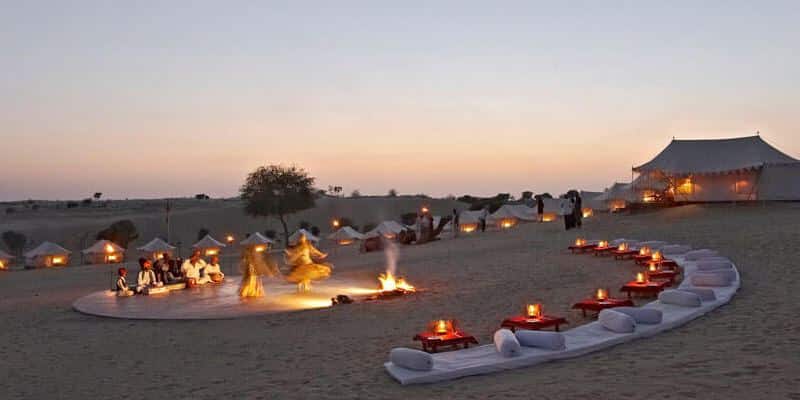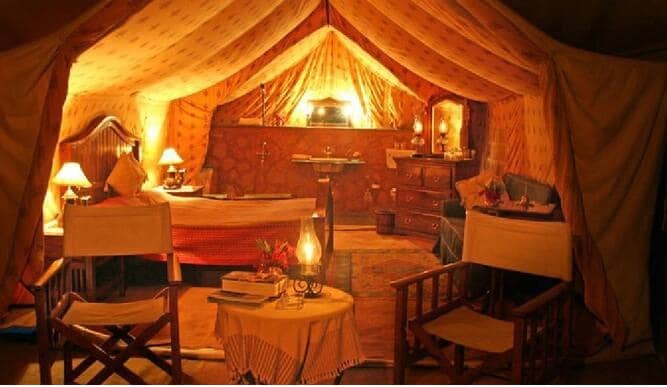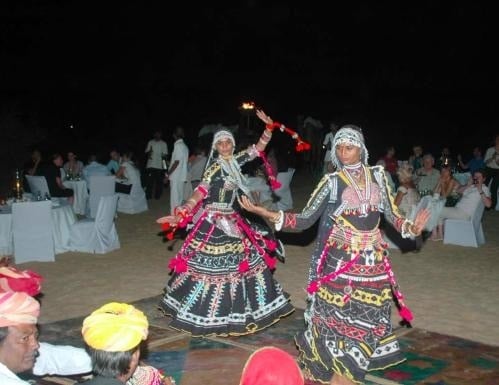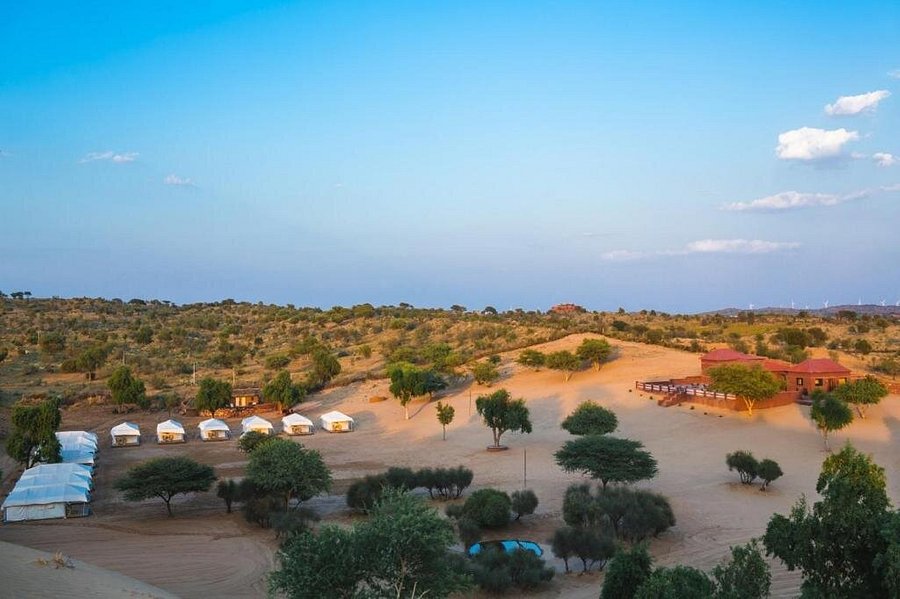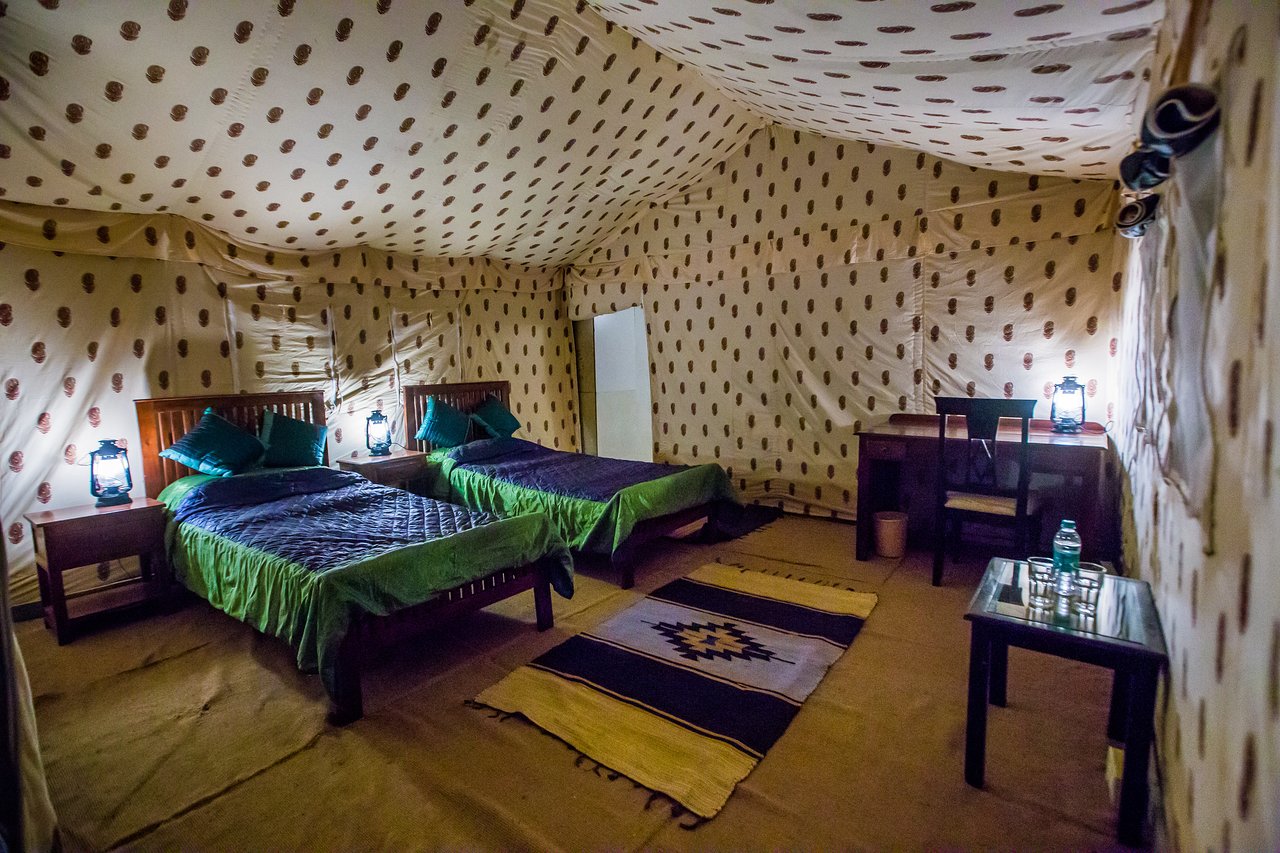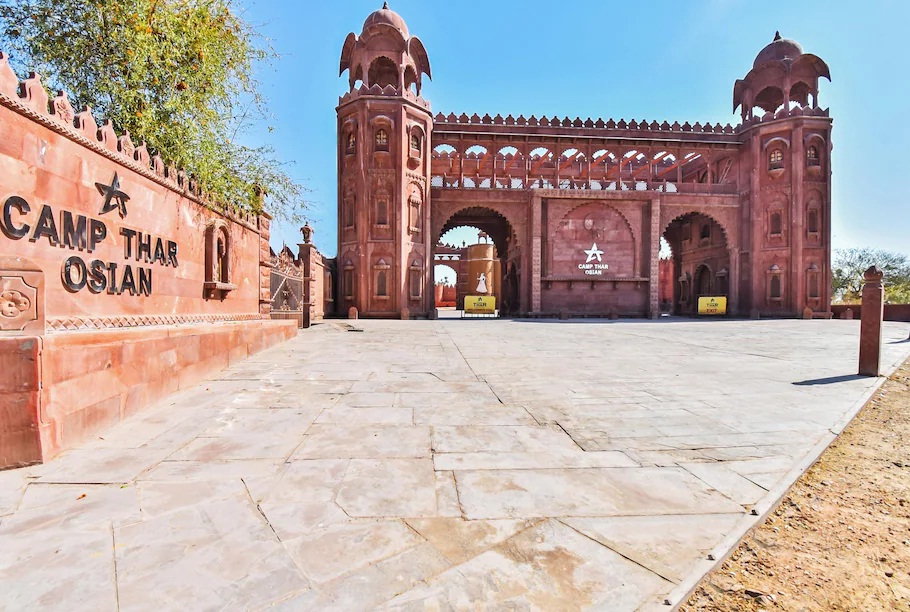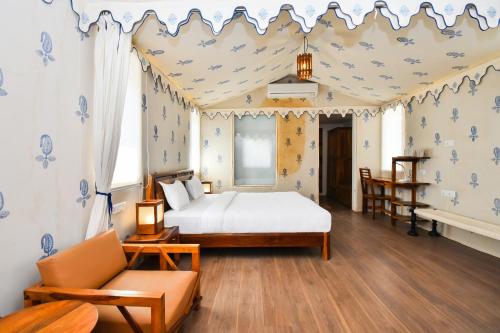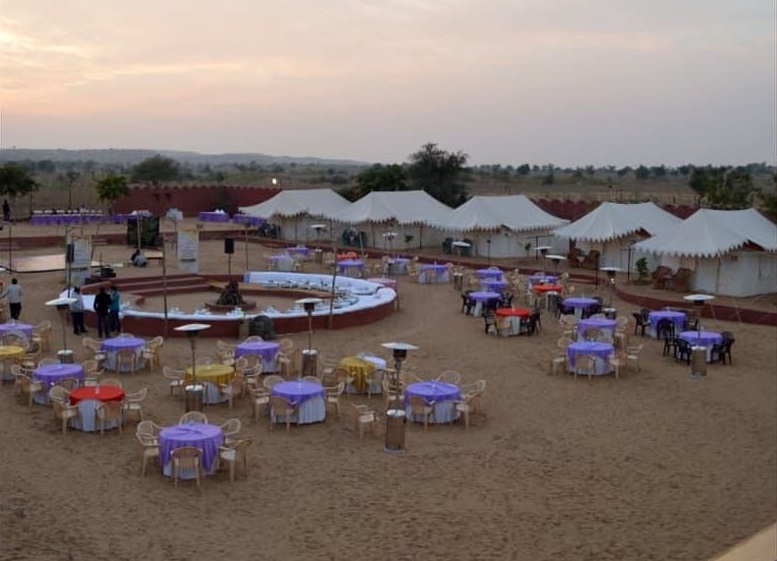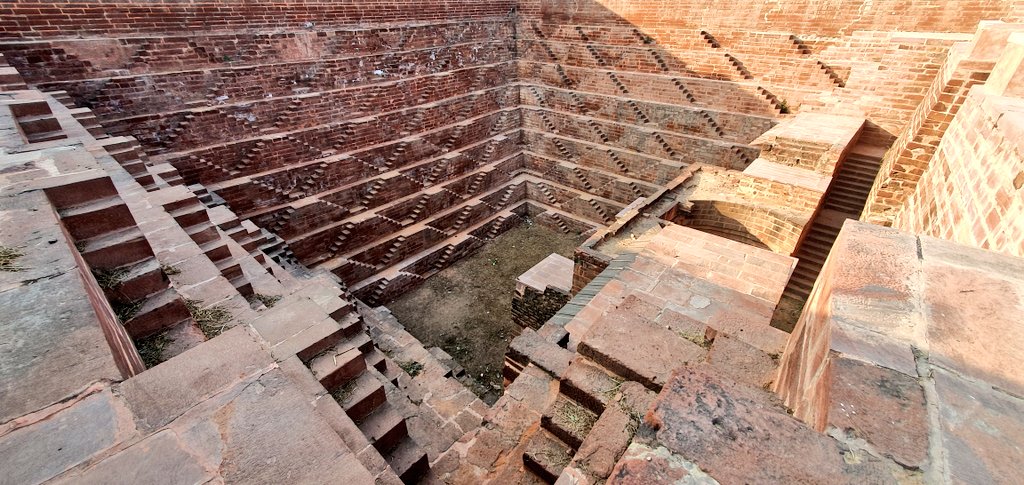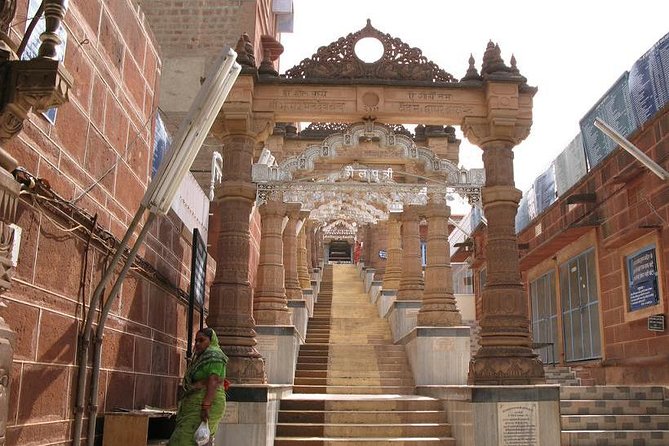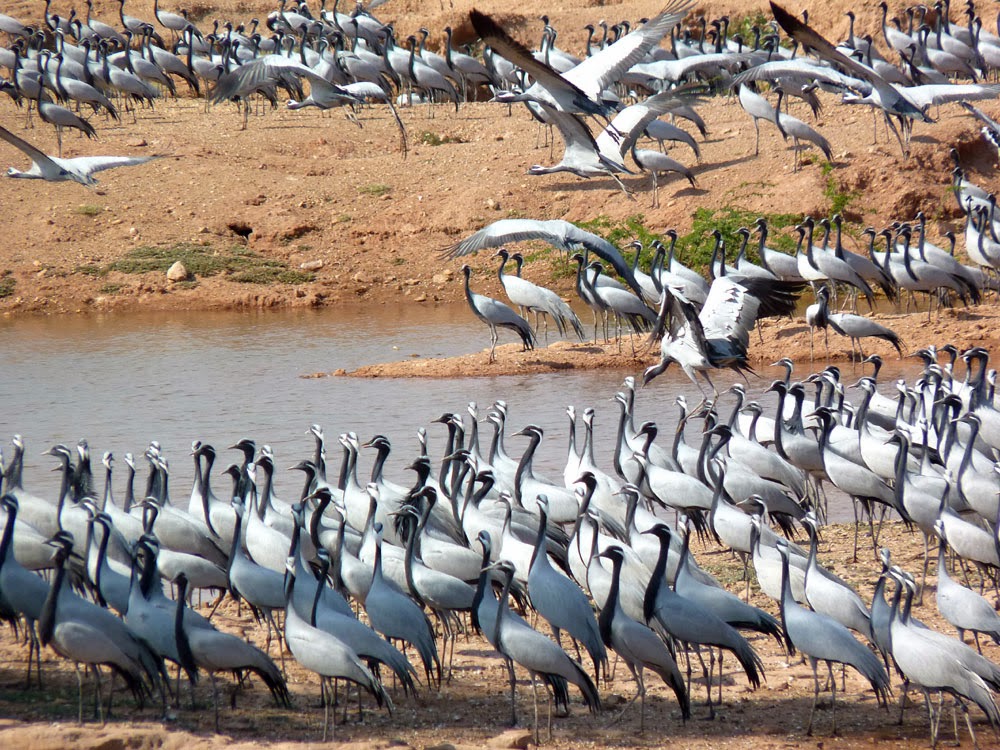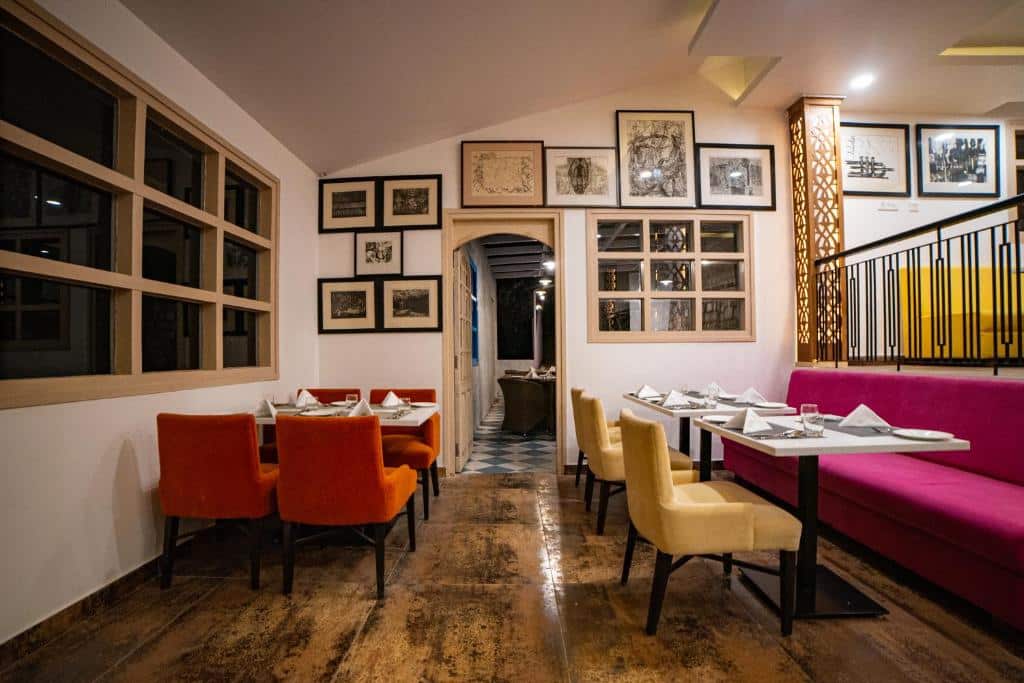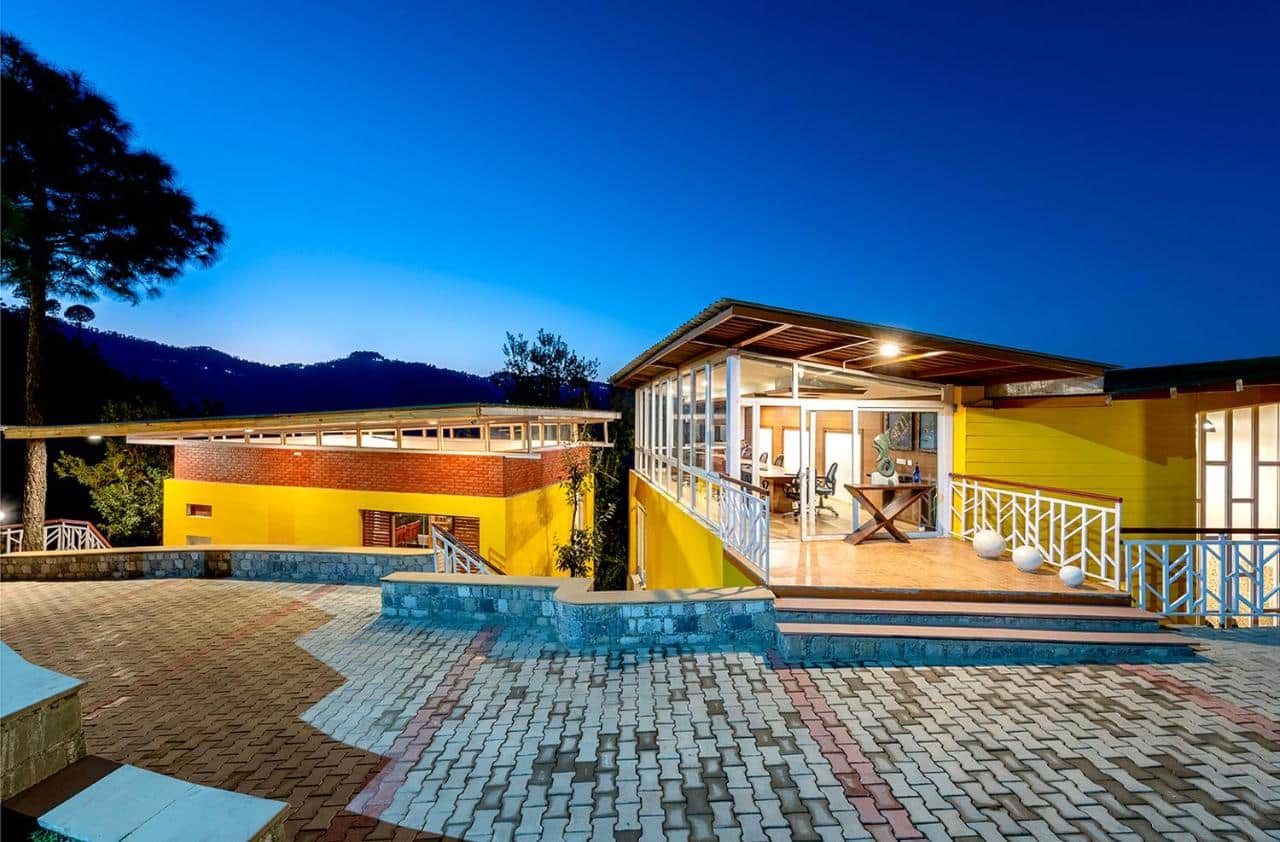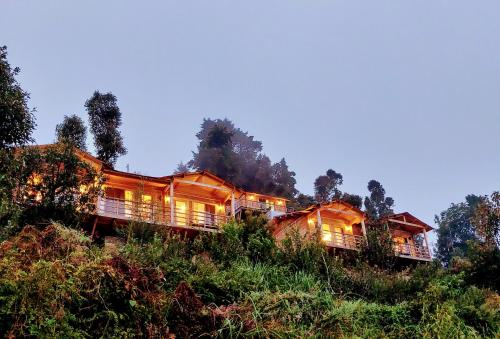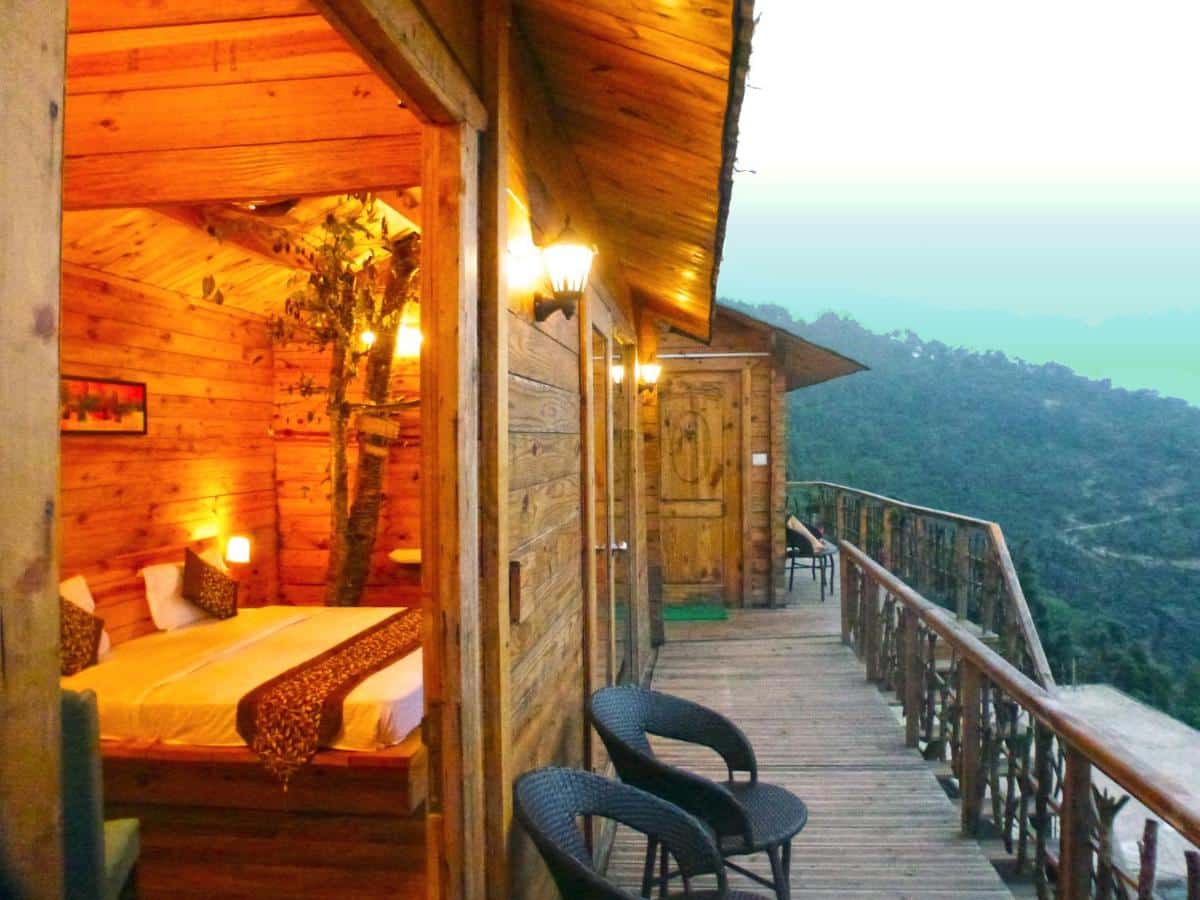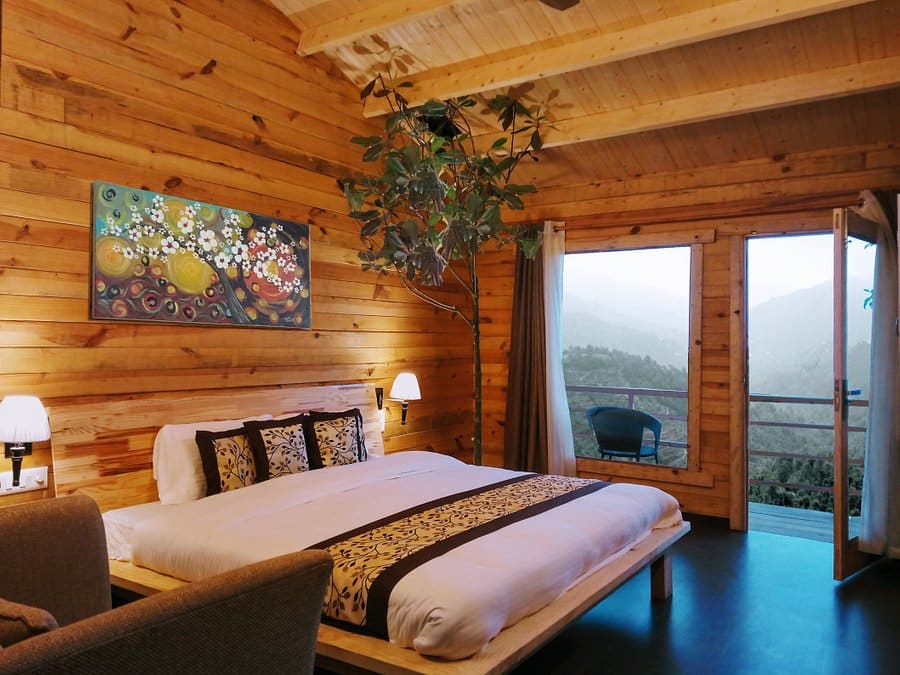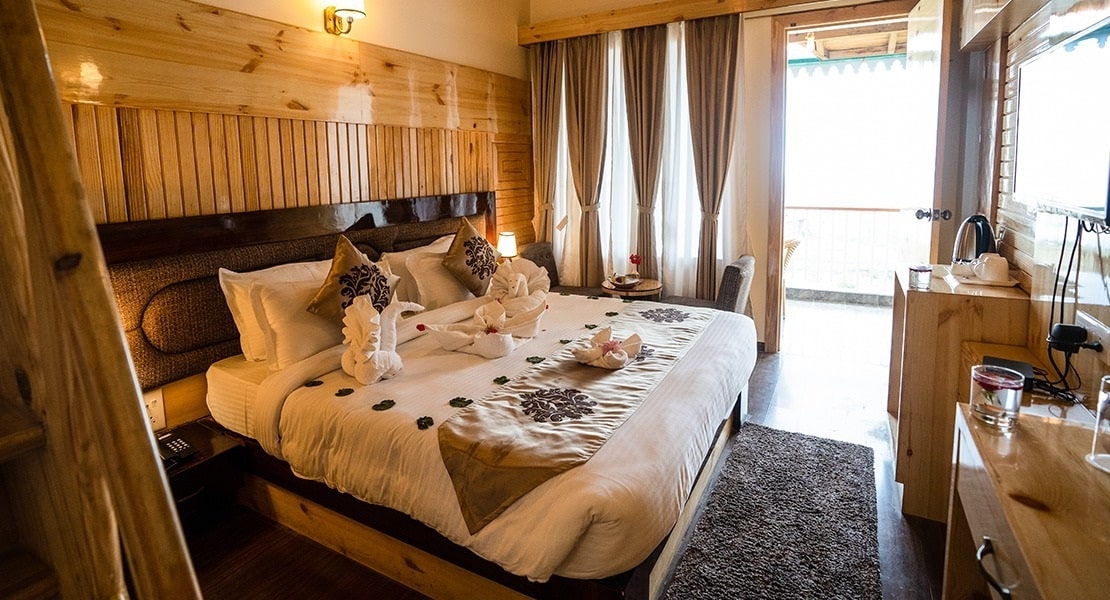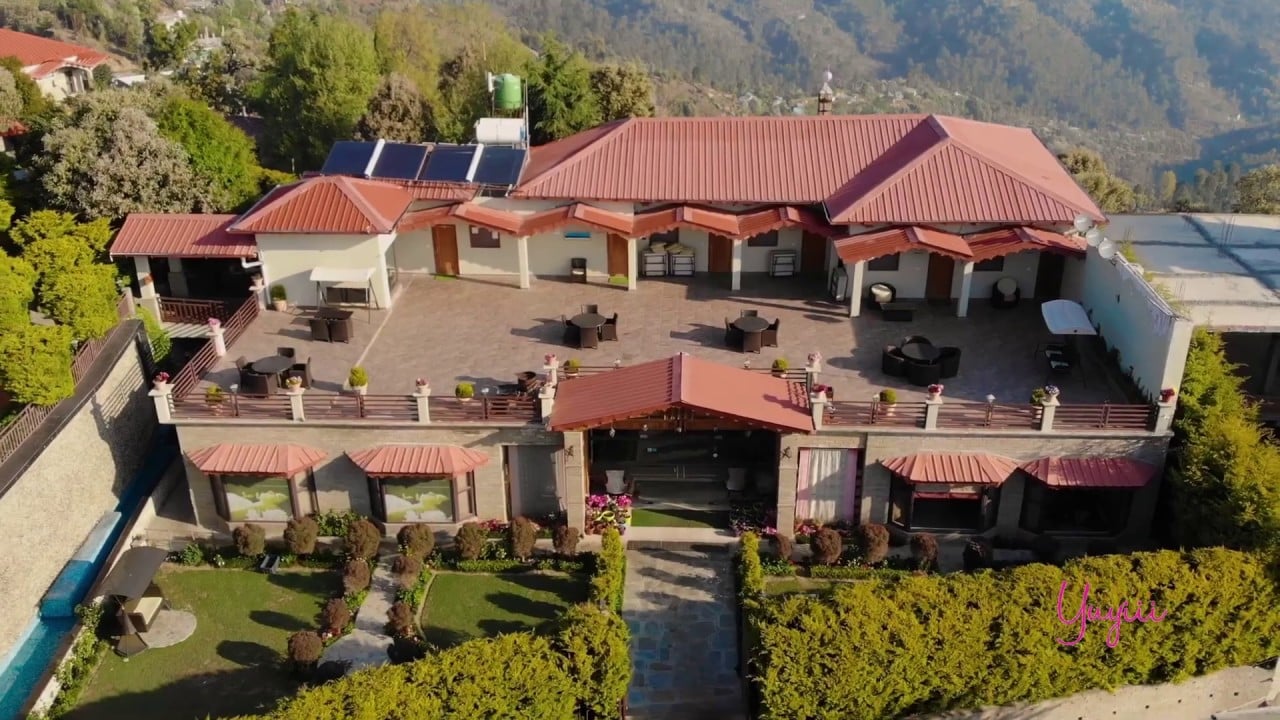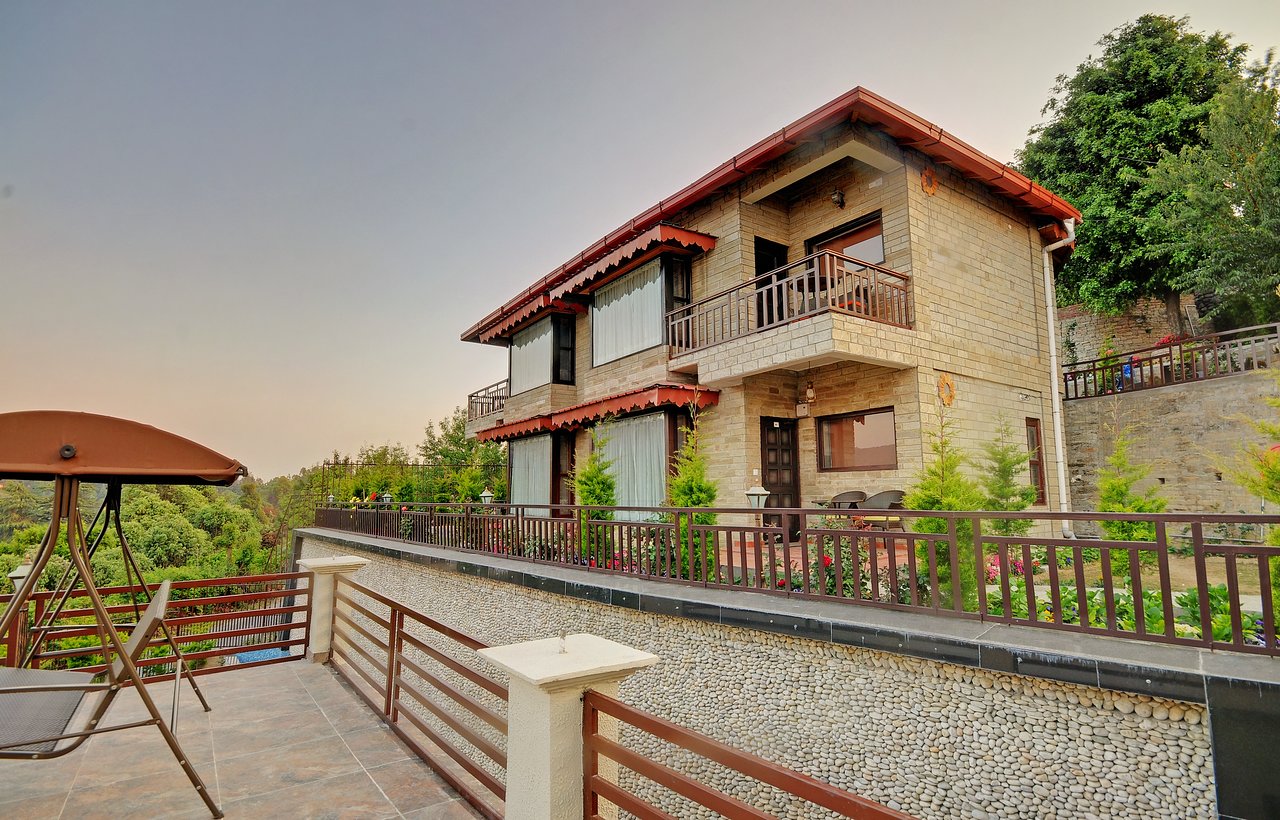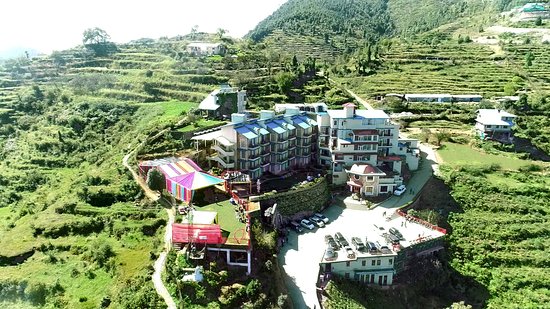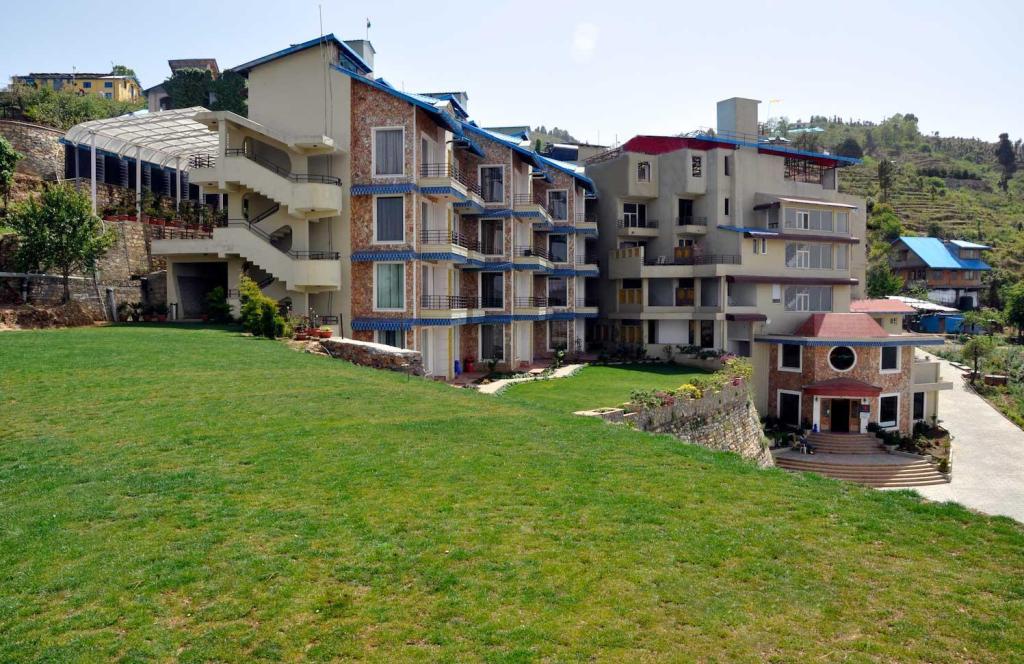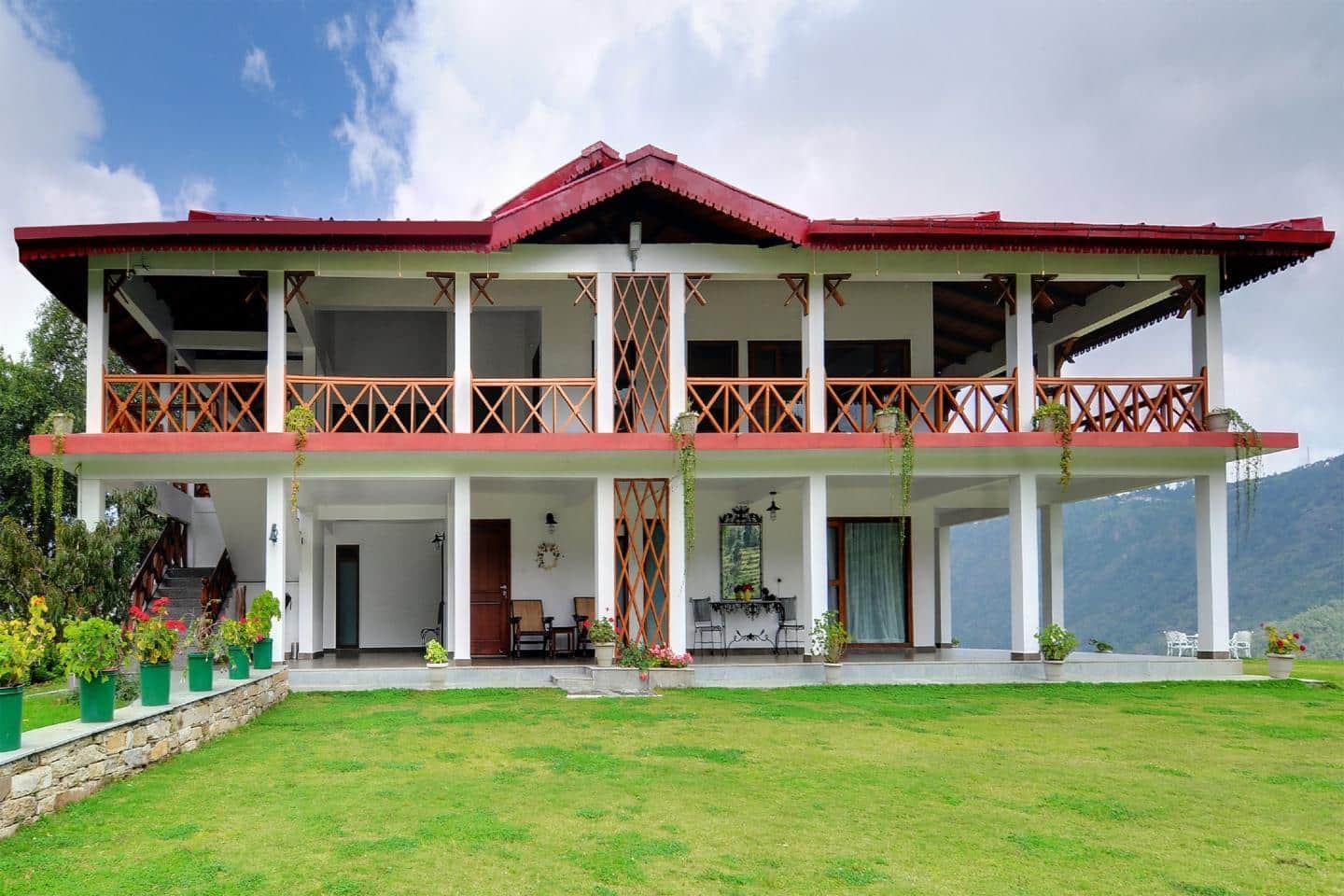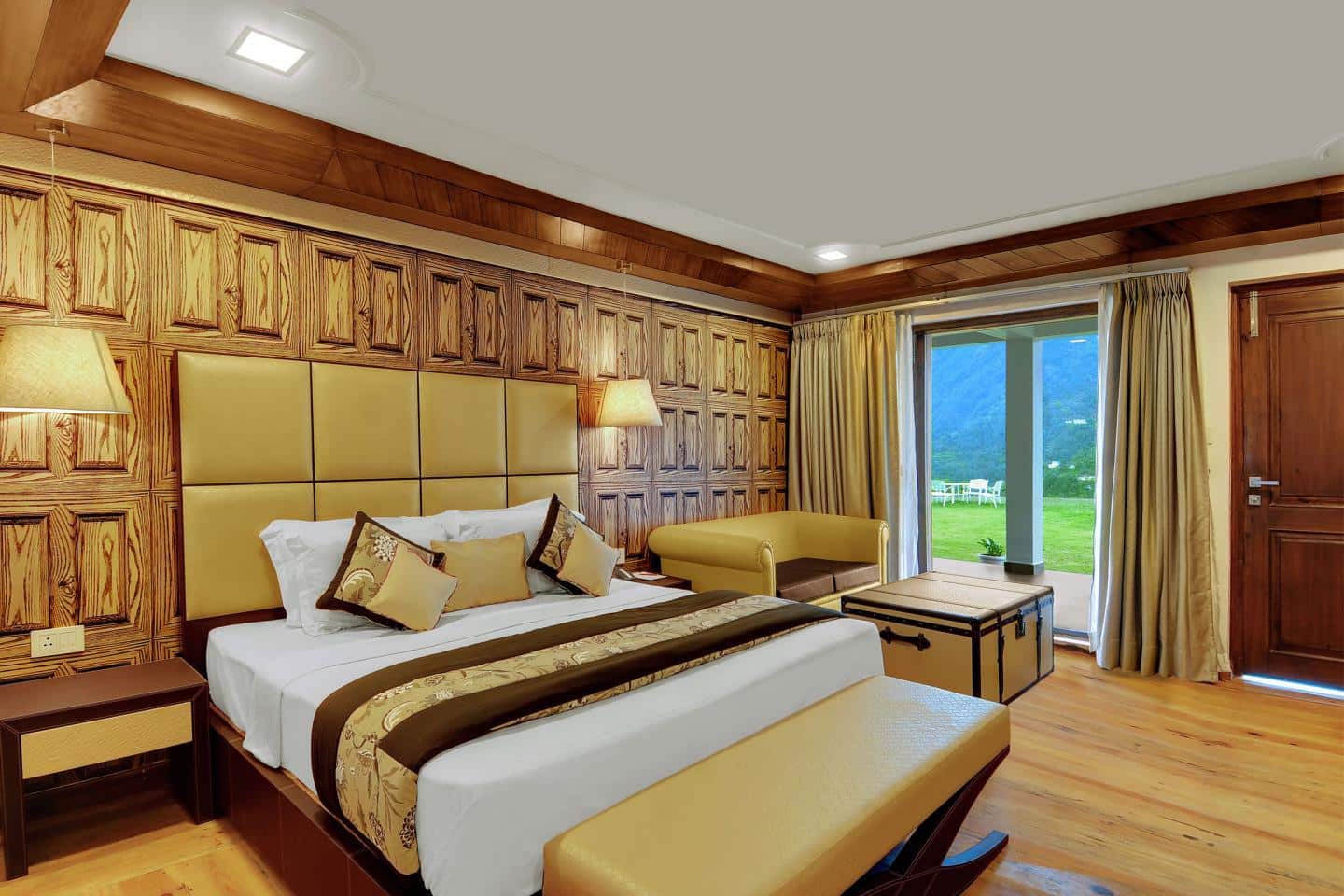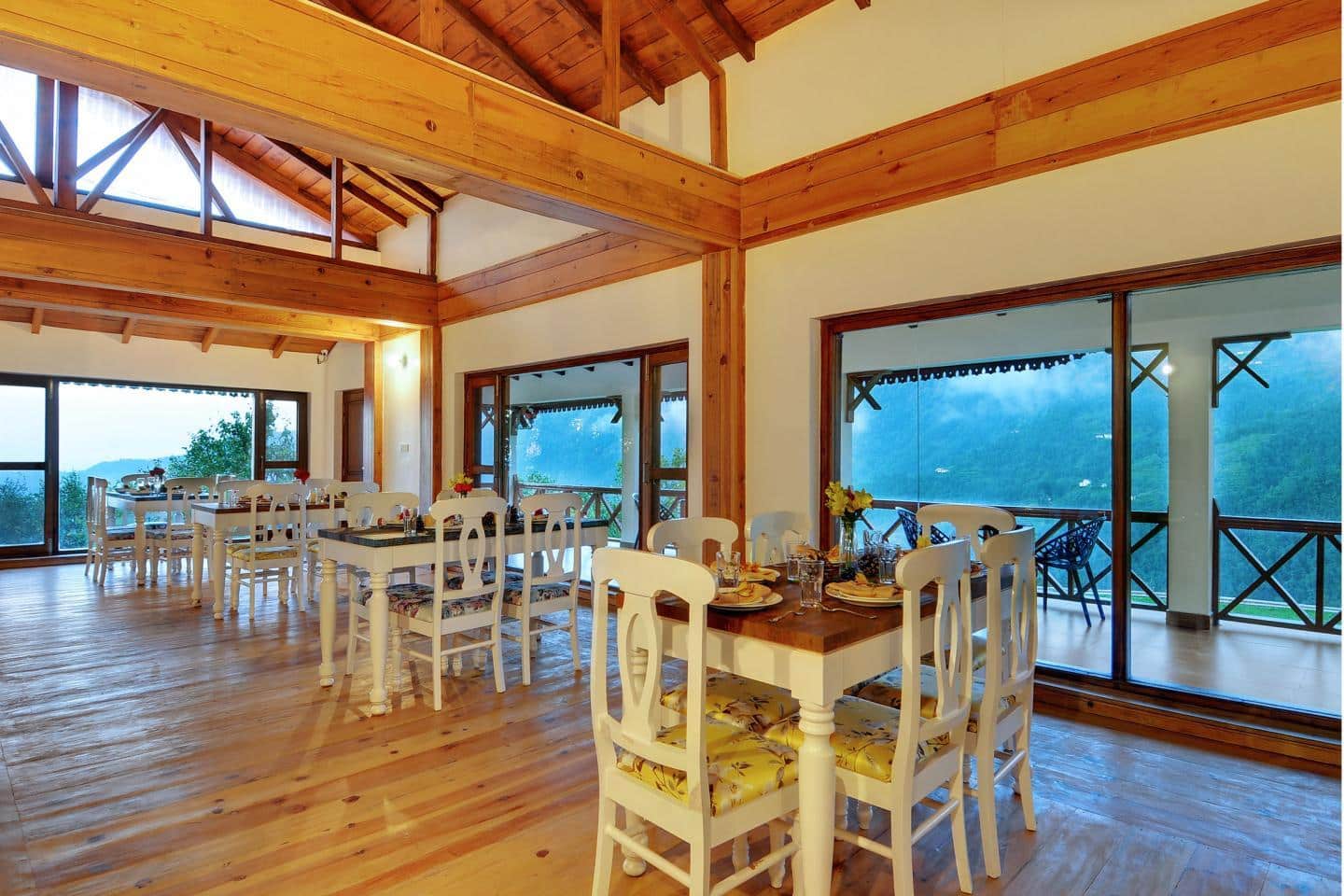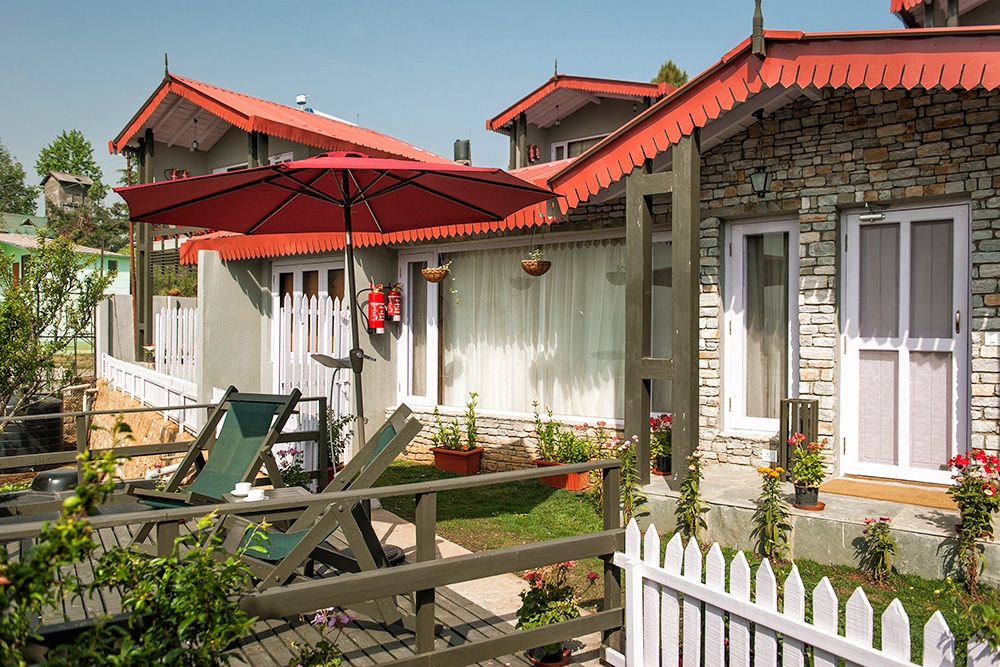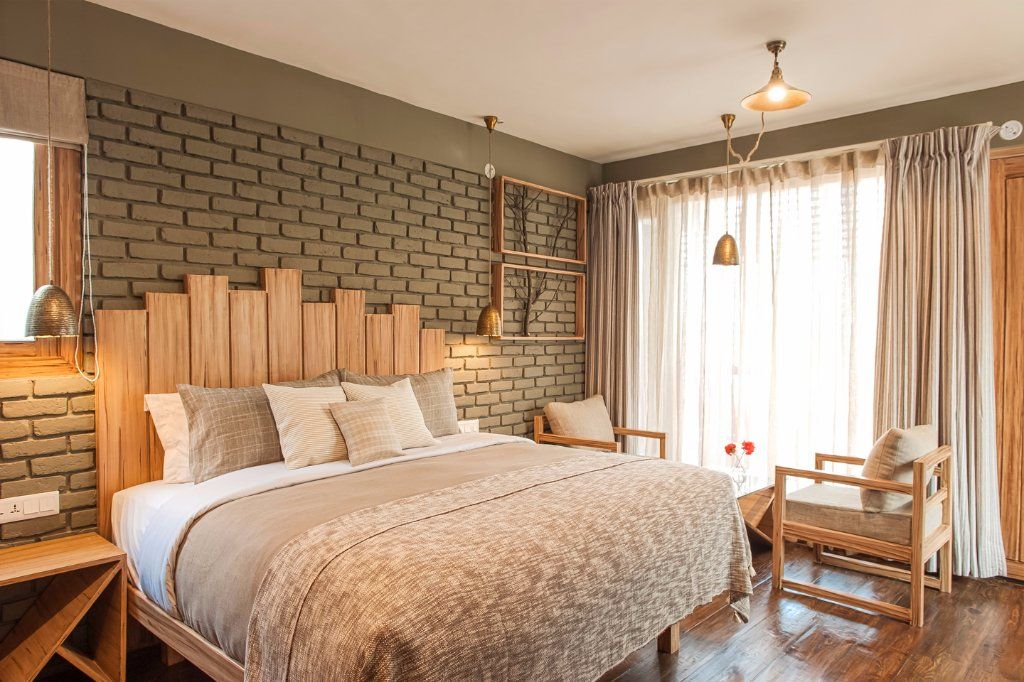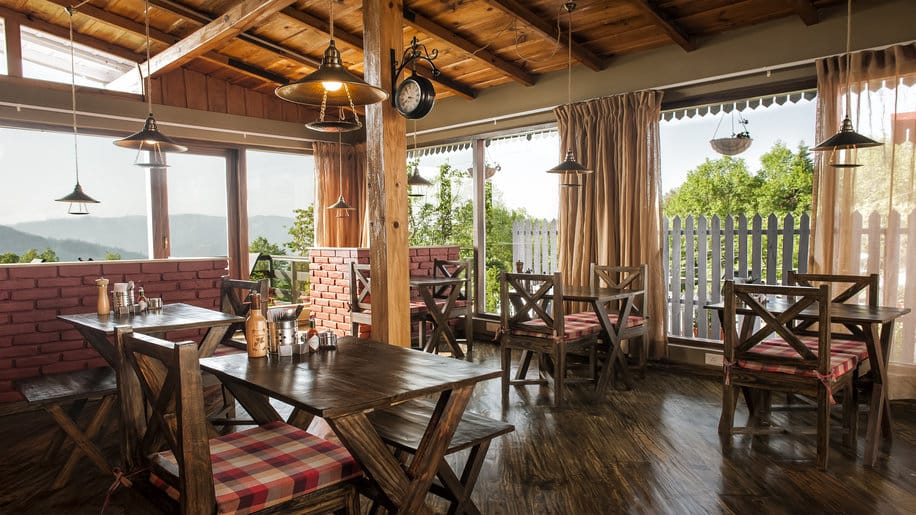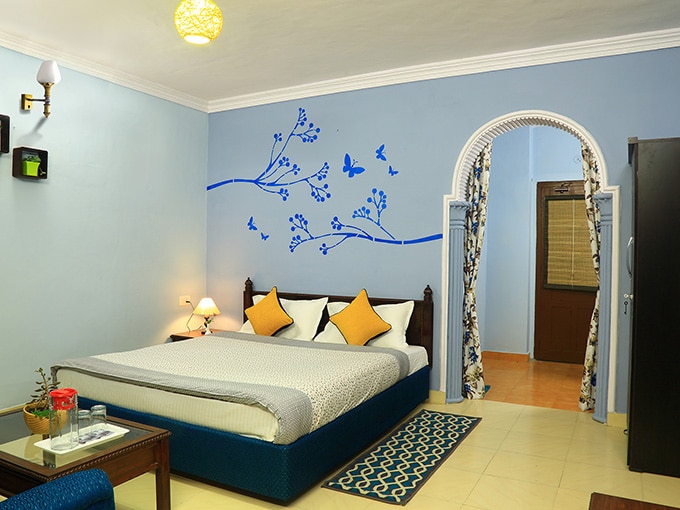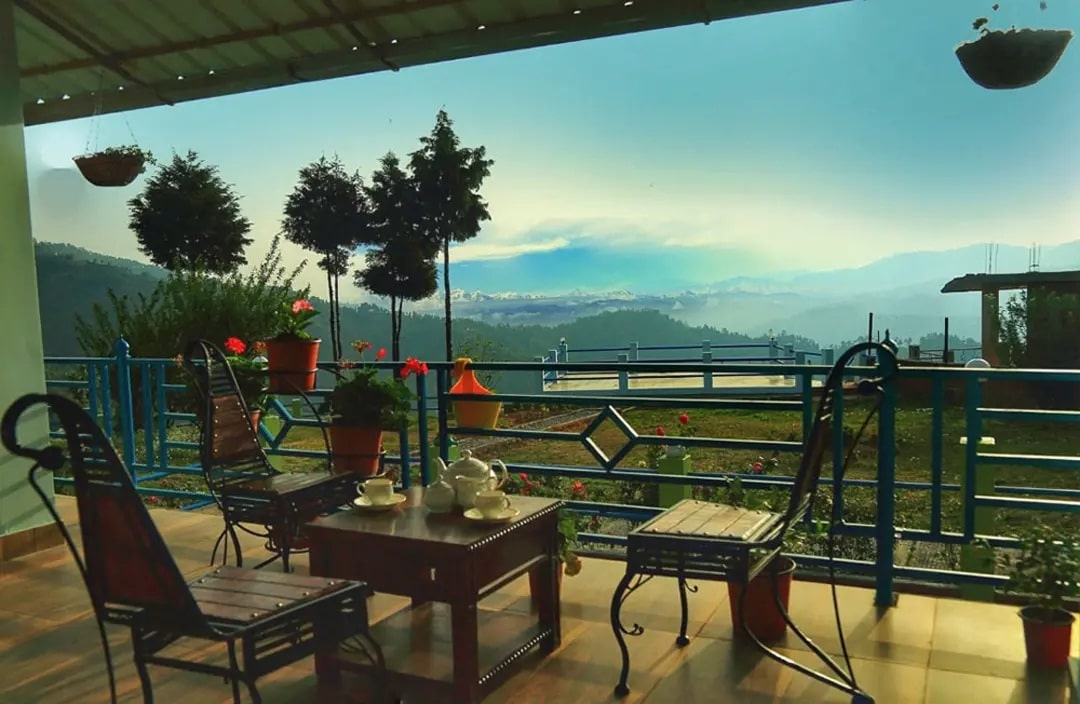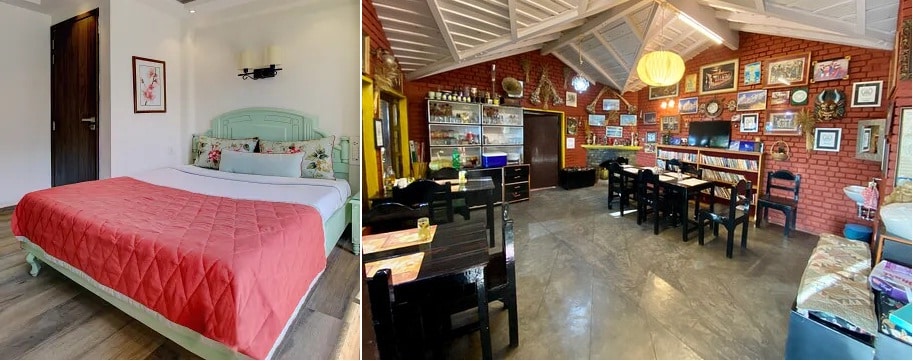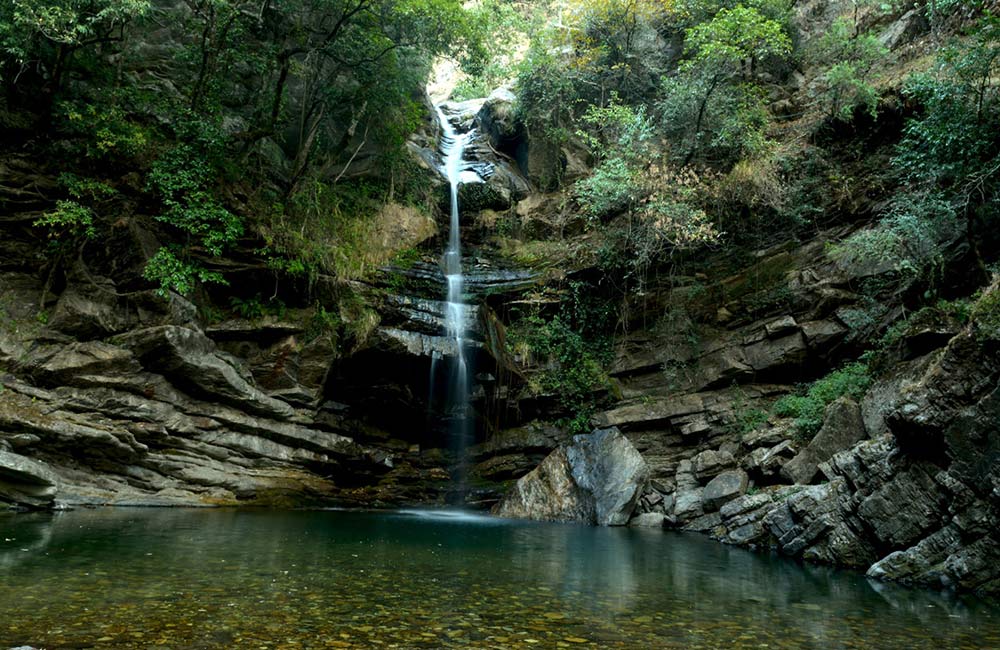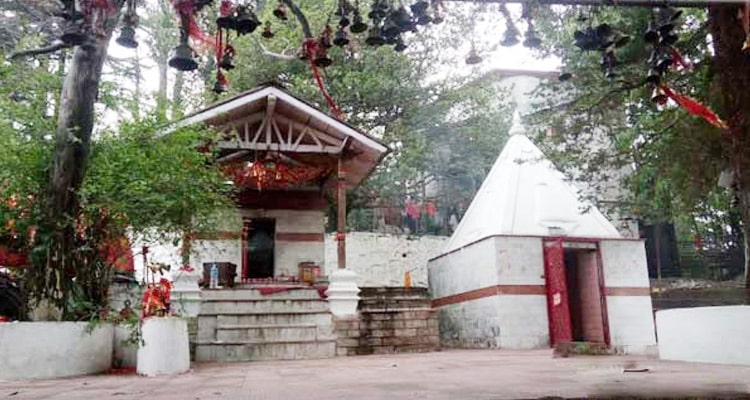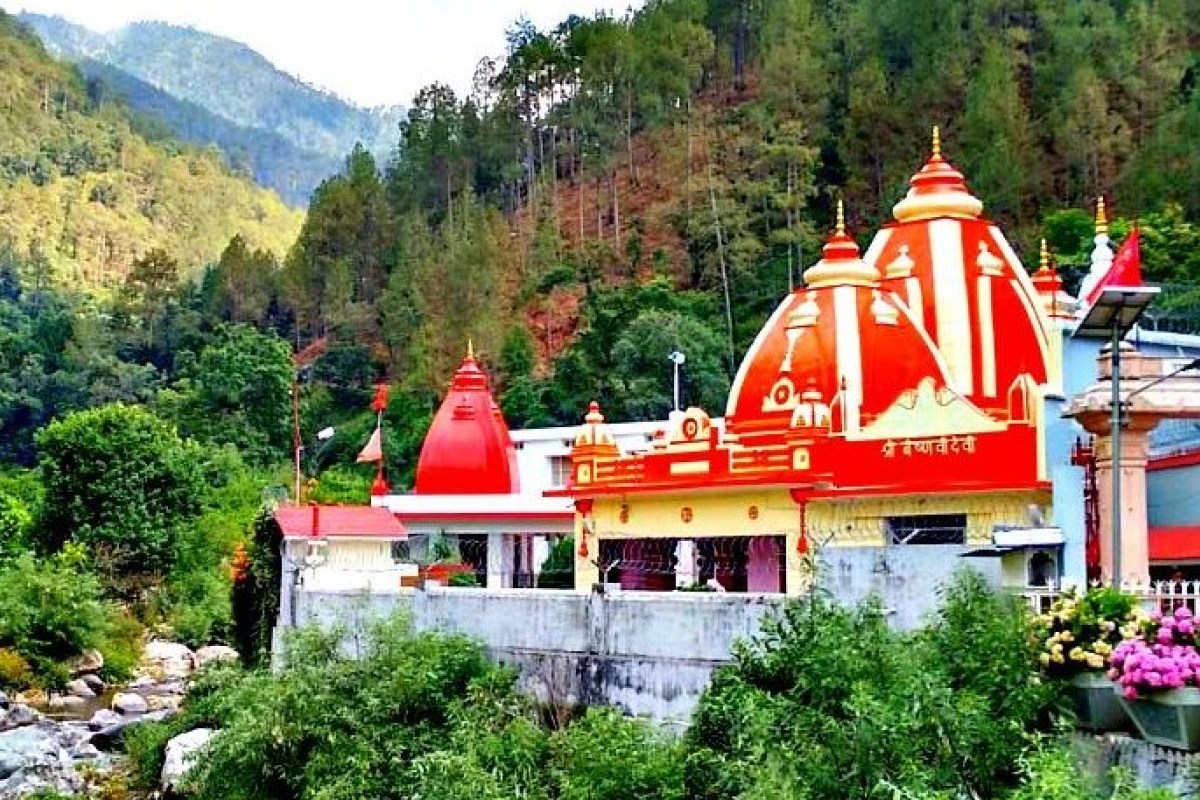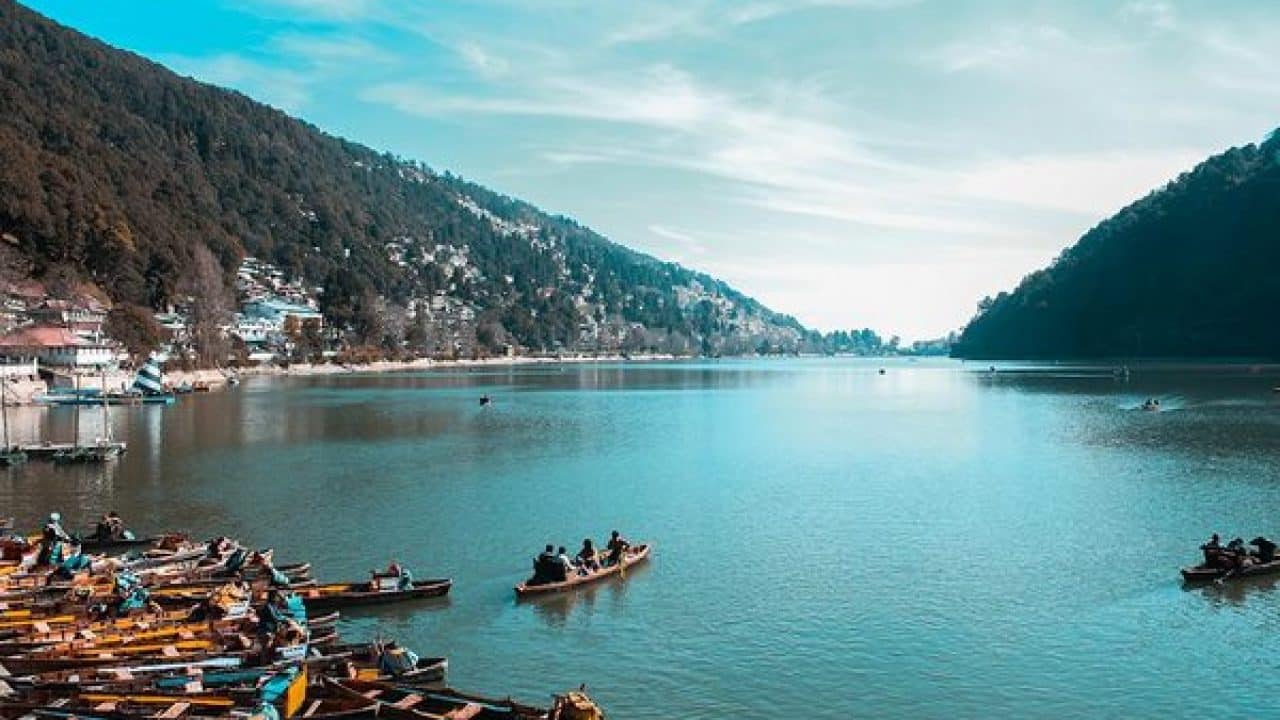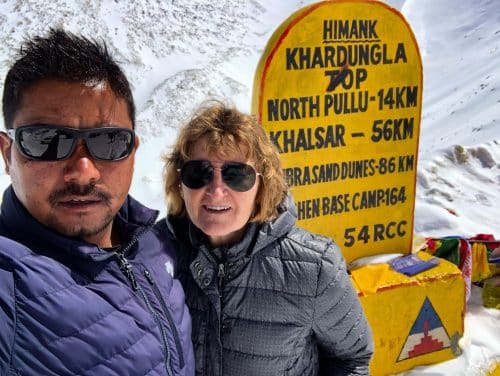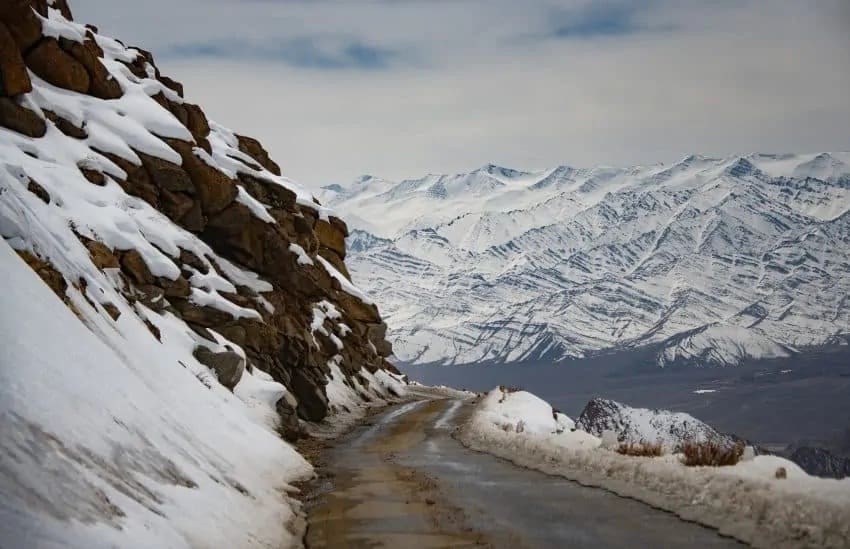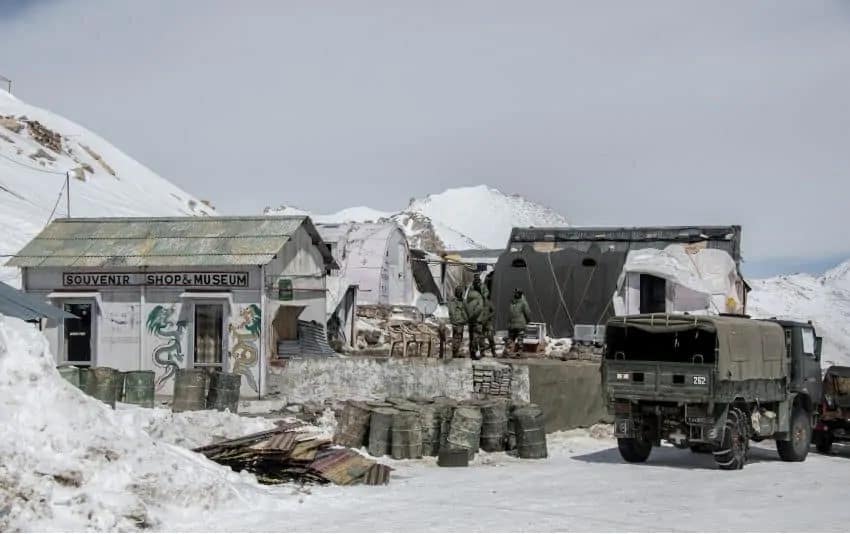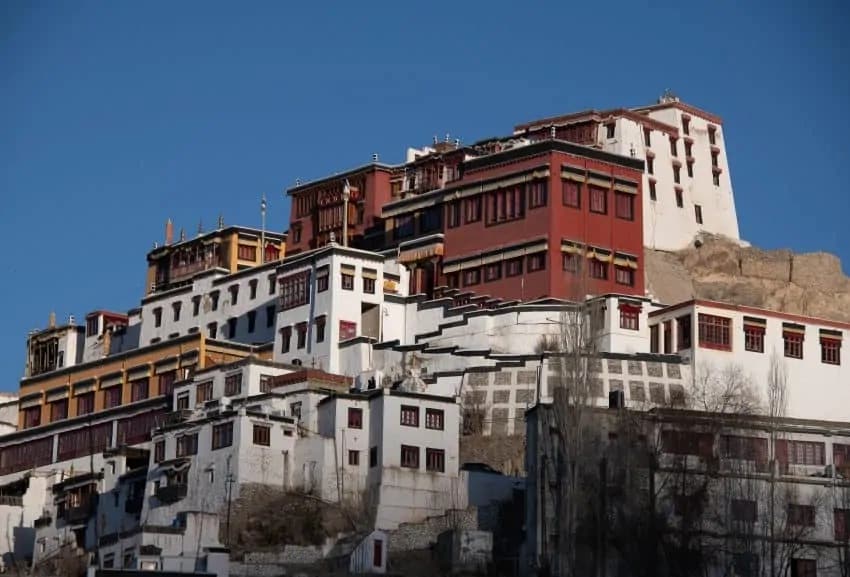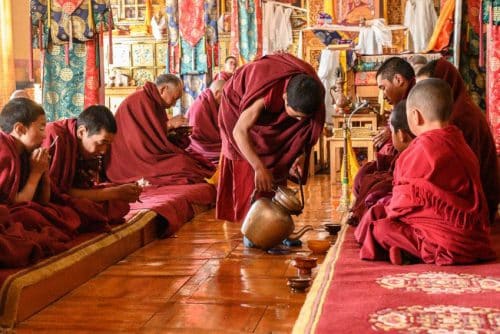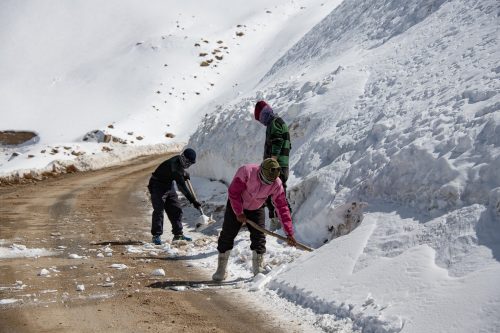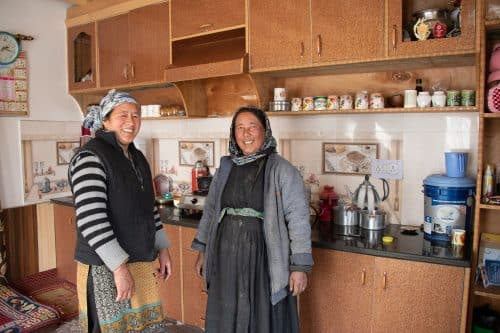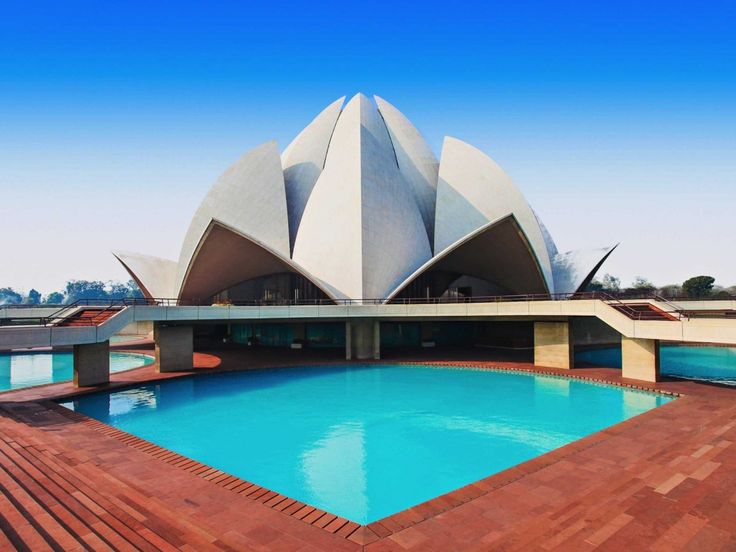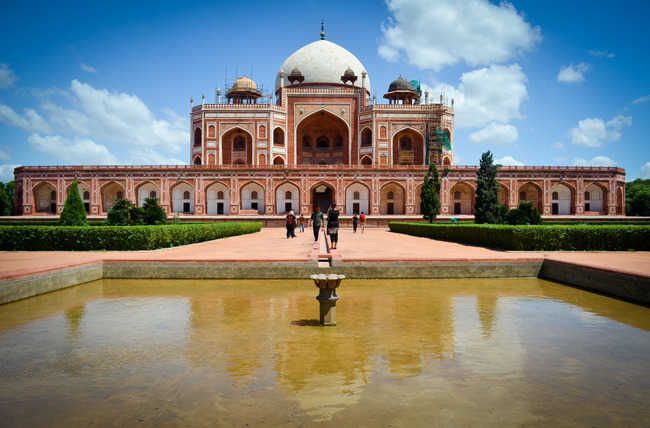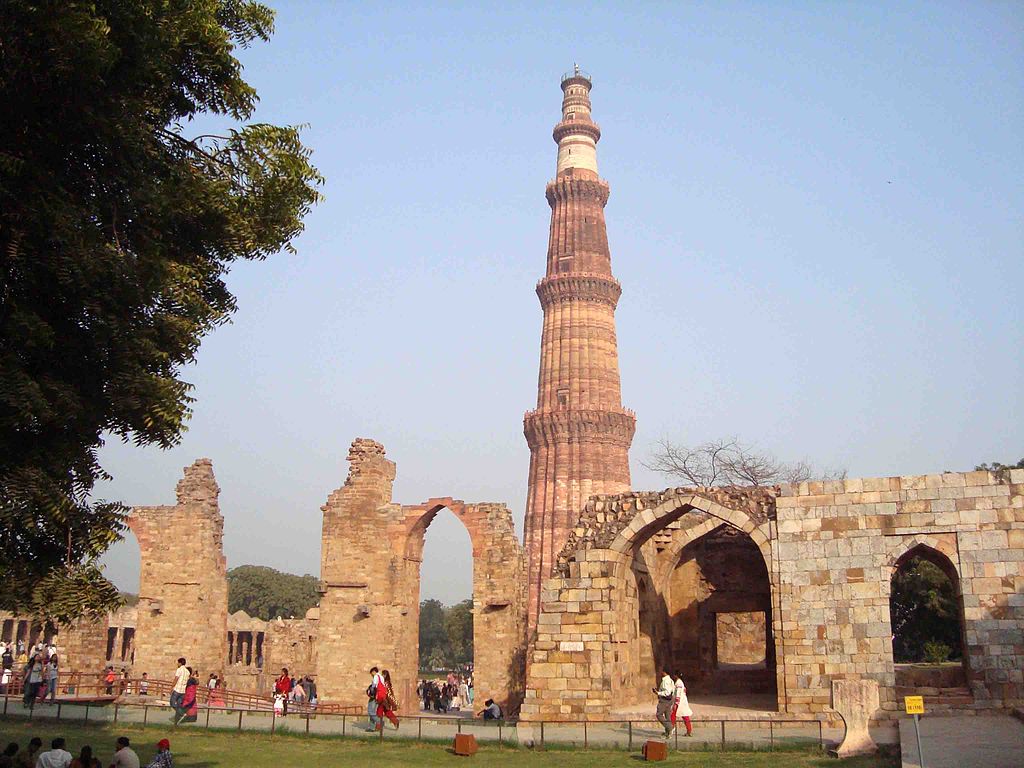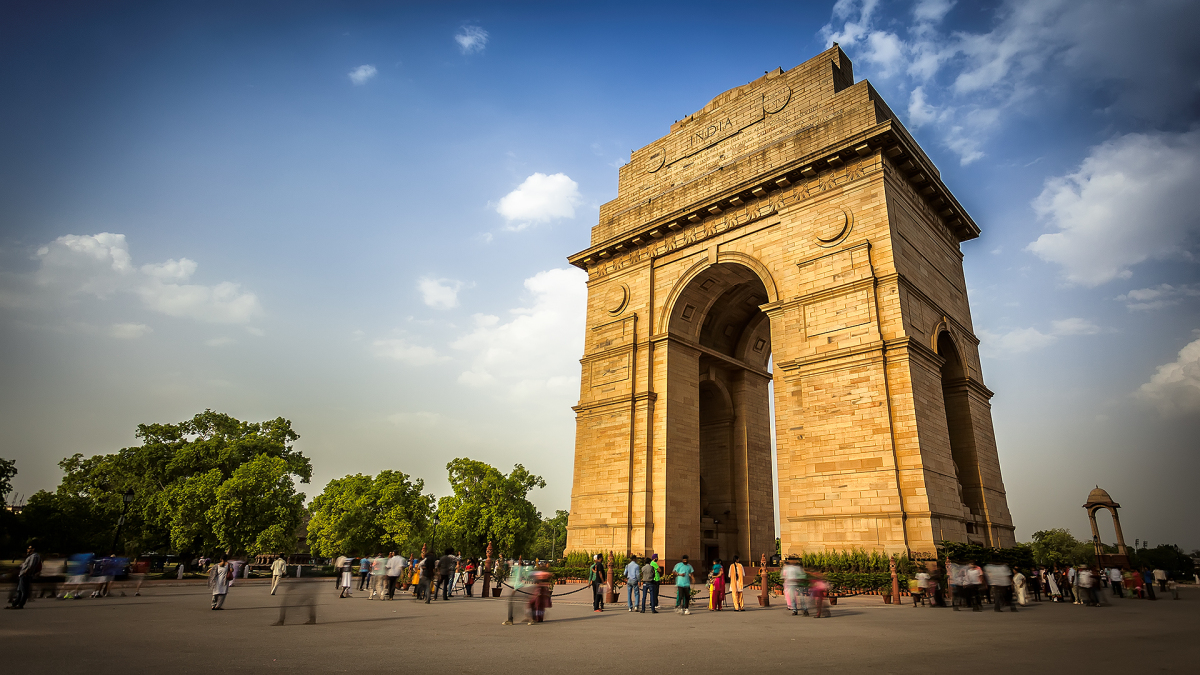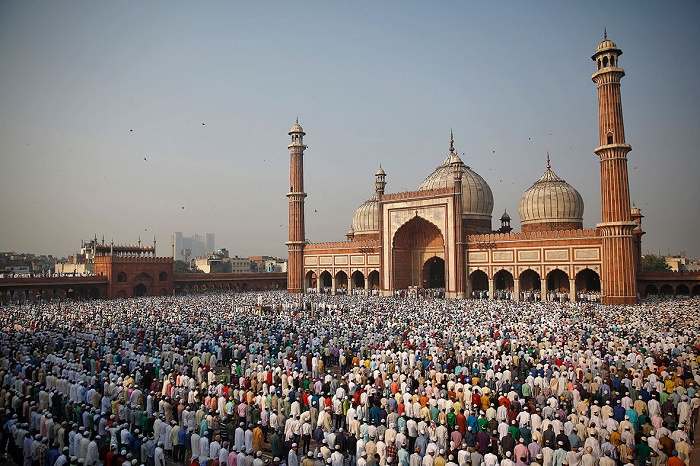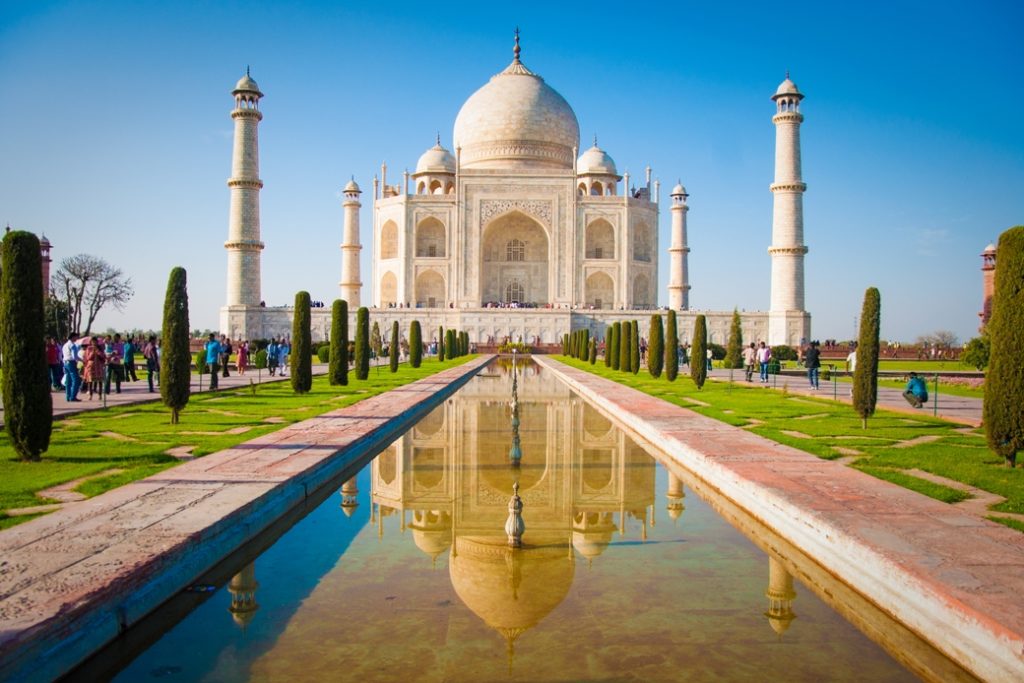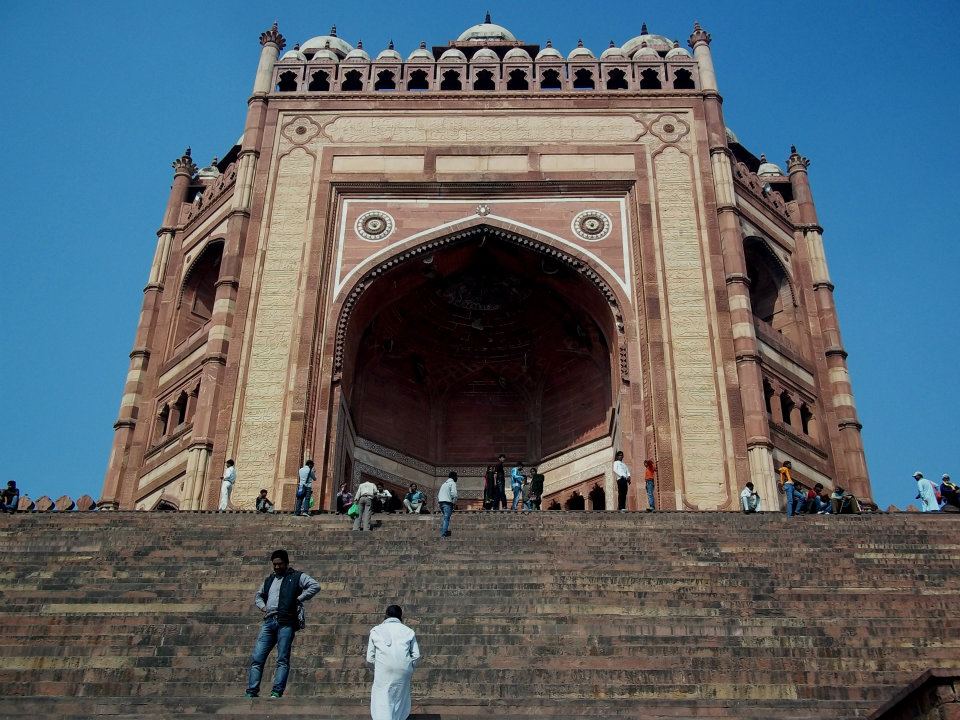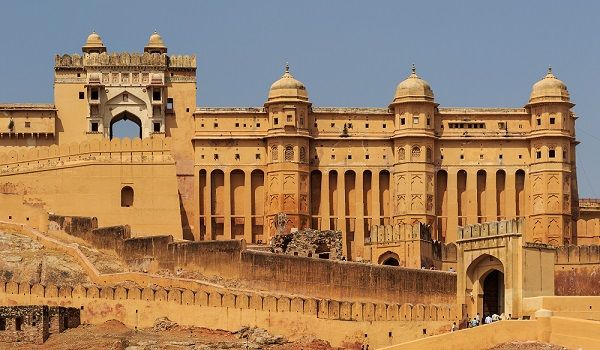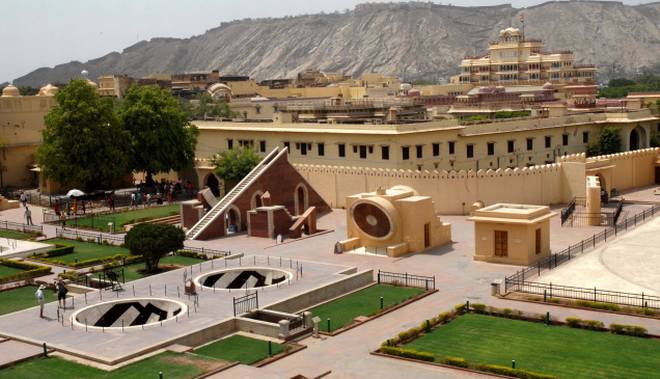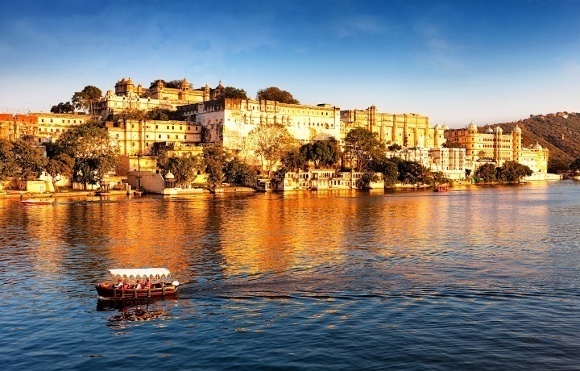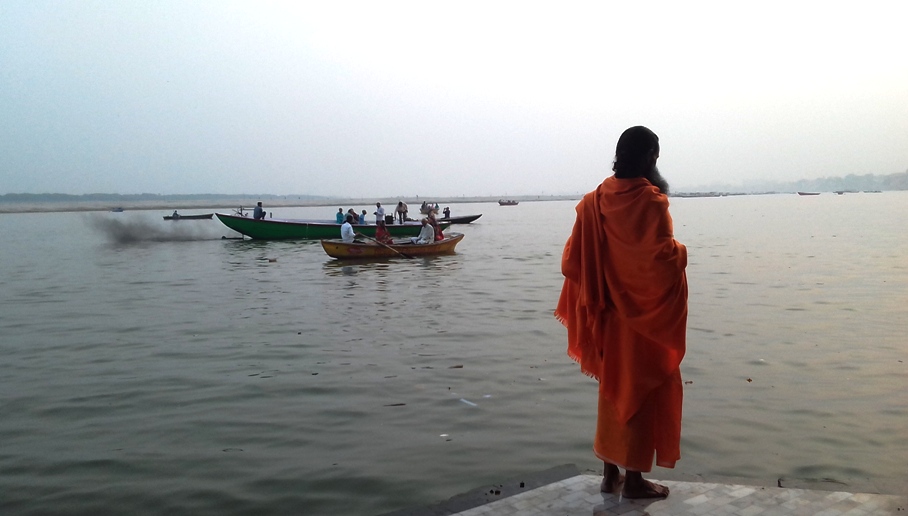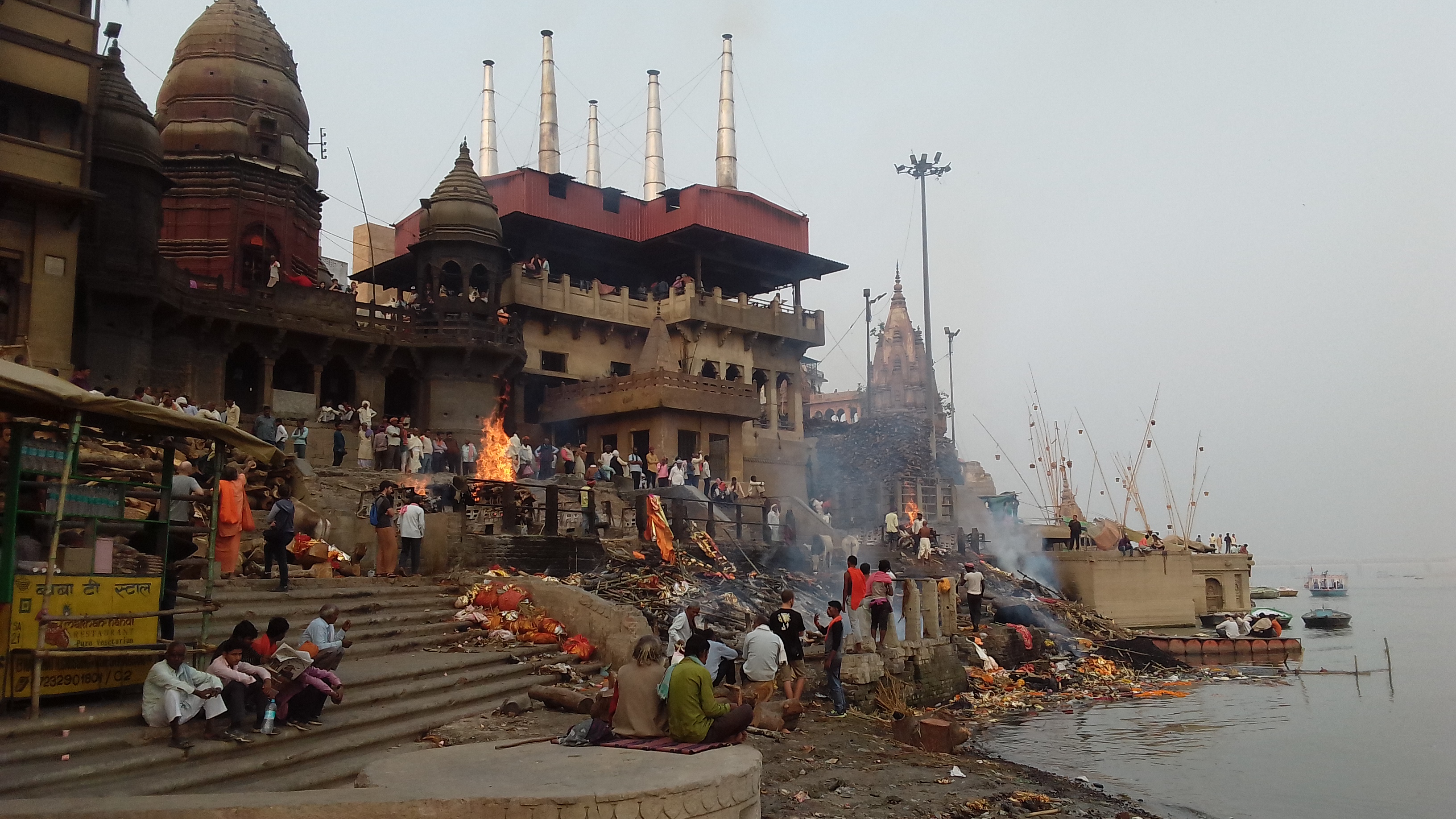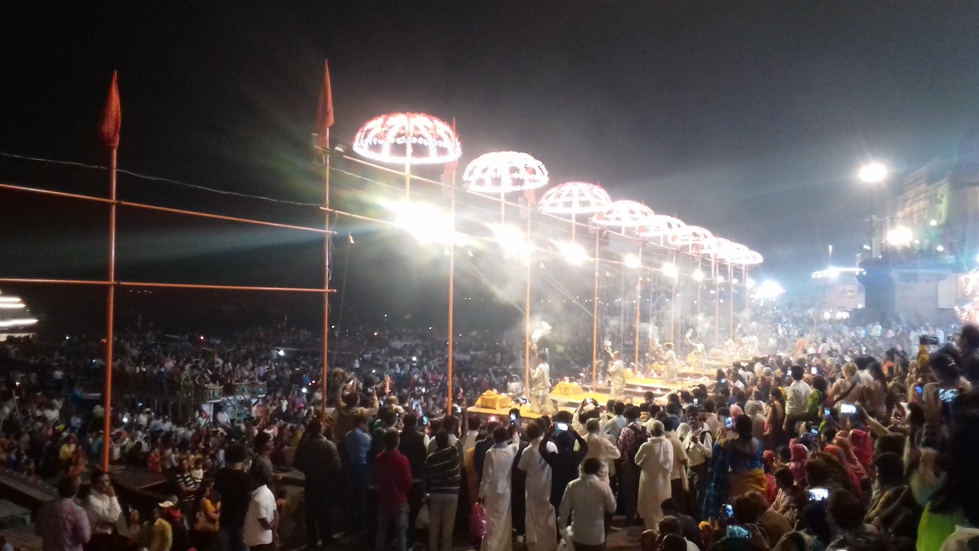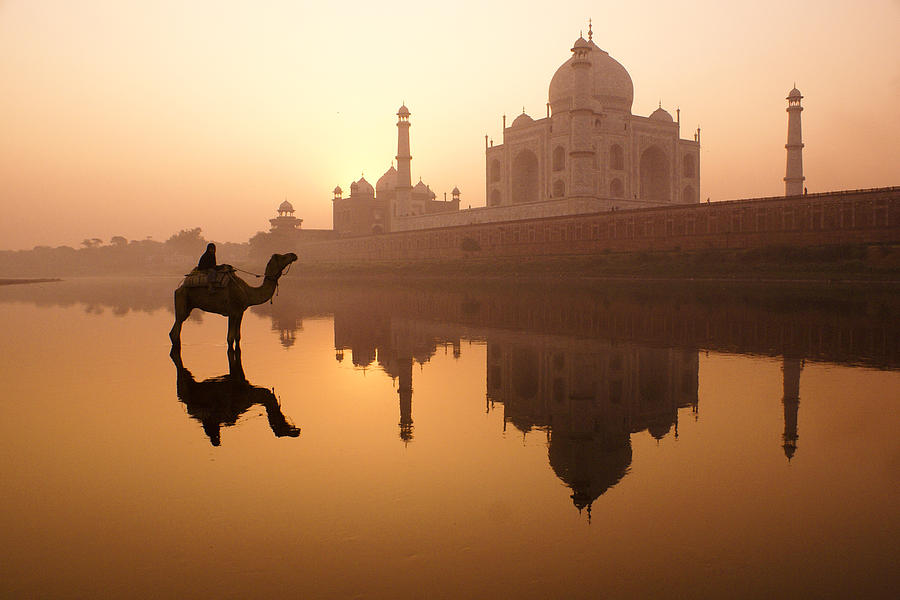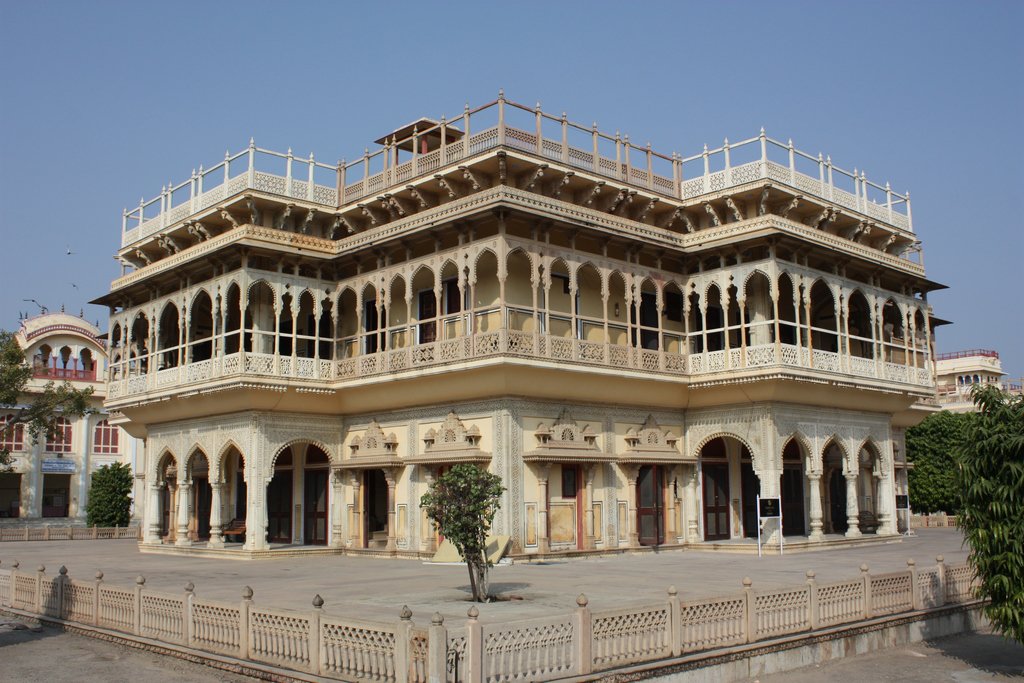This tour offers a comprehensive exploration of Nepal’s rich cultural and natural heritage. Starting in Kathmandu, the capital city renowned for its history, art, and diverse population, you will visit significant sites such as the Pashupatinath Temple, Boudhanath Stupa, Patan Durbar Square, and Swayambhunath Stupa. Following this, you will fly to Pokhara, where you can enjoy stunning Himalayan views, visit the Bindebasini Temple, Devi’s Fall, and Gupteshwor Cave. The adventure continues with a flight to the remote village of Jomsom, gateway to the sacred Muktinath Temple, offering a unique spiritual experience and breathtaking mountain vistas. The tour provides ample opportunities for relaxation and optional adventure activities like paragliding and bungy jumping in Pokhara, before returning to Kathmandu for a leisurely end to your journey.
Detailed Tour Plan
Day 01: Arrival in Kathmandu
Arrival at Tribhuvan International Airport where the vehicle will be waiting at the arrivals and the office personnel / driver will be there with a pla card ready. Kathmandu is the capital of Nepal. Kathmandu is the center of Nepal’s history, art, culture and economy. It has a multiethnic population within a Hindu and Buddhist Majority.
Drive to the hotel. Check – in and have the rest of the evening for leisure.
One can go for local shopping / casinos / local Nepali folk dance / etc.
Day 02: Kathmandu
Sightseeing to Pashupatinath, Boudhanath, Patan Durbar Square and Swayambunath.
(Duration of the sightseeing will be about 7 hours approx. )
After breakfast, you will leave for sightseeing.
You will be taken to Pashupatinath Temple first. Pashupatinath Temple is one of the oldest Hindu temples dedicated to Lord Shiva and is listed as one of the World Heritage Sites. The main temple is built in the Nepalese Pagoda style architecture. It has four main doors all covered with silver sheets. There is a main idol in the center of the four gates and only four priests are allowed to touch the idol. Cremation at Pashupatinath is of spiritual experience where individual physical essence is released from its physical form, allowing it to be reborn.
You will then continue to Boudhanath Stupa. Standing more than 120 feet tall Boudhanath is also amongst the tallest Stupa in Asia. Boudhanath is the heart of Tibetian Buddhism in Nepal. On each side of the rectangular top of this stupa, there is a pair of eyes. These eyes reflect the awareness of Lord Buddha upon all of the people.
A UNESCO world heritage site, Patan City, known as Lalitpur and the ‘The Beautiful City’, was once home to kings who resided in luxurious palaces in Durbar Square. The Ashoka Stupa, with enigmatic painted eyes, is the most inspiring of the four stupas in Patan and the Mahabuddha, the Temple of the Thousand Buddhas, teems with terracotta Buddhist representations.
The Swayambhunath Stupa is one of the crowning glories of Kathmandu Valley architecture. The entire structure of the stupa is deeply symbolic: the white dome represents the earth, while the 13-tiered, tower-like structure at the top symbolises the 13 stages to nirvana.
After completing the sightseeing, drive back to the hotel.
Day 03 – Kathmandu / Pokhara By Flight which takes 30 mins approx. (Take out the ACAP permit for visiting Jomsom. ACAP office is closed on Saturdays and public holidays )
Drop to the domestic airport in Kathmandu to board a flight to Pokhara. Pokhara is 210 kms from Kathmandu. By flight it just takes 30 mins to reach Pokhara.
From Pokhara town (2,352 feet) in good weather there are splendid views right from the hotel.
Upon arrival, you will be picked up and transferred to the hotel.
Later this afternoon you will visit Bindebasini Temple. This is one of the oldest temples in Pokhara & was a part of Kaski Kingdom, the main deity of the temple, Goddess Durga, was brought from India . Apart from the peace and tranquility that can be felt in this region, the premises of the temple offers a good view of the Himalaya on a clear day. The temple is in the area of the bazaar, hence, a journey of the old bazaar can be combined with a visit to the temple. Sightseeing to Devi’s fall, also known as Patale Chango is an awesome waterfall lying 2 km southwest of Pokhara. During summer and rainy season, the waterfall takes its real form, with gushing water splashing and making its way through the rocks. Just opposite of Devi’s fall, on the other side of the road, there is Gupteshwor Cave. This cave is popular for the different natural forms made from limestone deposits. Photography is strictly prohibited inside the cave. Overnight at hotel. (The above sightseeing is for a maximum of 03 hours after the vehicle reports at the hotel)
Day 04 –Pokhara / Jomsom By Flight which takes 20 mins approx.
Fly to Jomsom and walk to the hotel which is 5 mins from the airport. Porters will be sent from the hotel to pick up your luggage. Jomsom is an extremely remote area. It is a small village in the Mountains. People mostly visit this place for Muktinath visit / trekking. Only small 18 seater aircrafts operate for this sector. The luggage allowed is 10 kgs per person. The clients can store their luggage at the hotel in Pokhara.The accommodation available here is also very basic. There aren’t any star hotels. They are basic lodge available with attached washrooms. They have common hot water geysers on all floors.
Darshan of Muktinath temple.
One has to walk to the jeep stand to take the jeep for Muktinath visit. Earlier there was no road to travel to Muktinath. It was a trekkers route only whereby one had to walk to Muktinath from Jomsom. Now there is a raw road / dirt road where by jeeps / taxis can drive to Muktinath. You will have to walk up to the jeep stand which takes 10-15 mins approx. to drive to Muktinath. The road drives parallel to the “ Kali Gandaki” river which is famous for collecting Saligrams. Collecting Saligram totally depends on individual’s luck. The ride is bumpy throughout. You get to see breathtaking views of the Himalayas. Once you reach Muktinath, the walk from the base to the temple is another 15 mins. Ponys / Bikes are available if one cannot walk up on direct payment basis. Darshan of the Muktinath Temple on your own which is famous Lord Bishnu’s Temple. There are 108 sacred taps where people would take shower and then dip into two condos “Paap” and “Punya”. After completing the Darshan, drive back to Jomsom following the same route. The total time take to do this Darshan from Jomsom is approx. 4 hours.
Evening free for relaxation.
Day 05 – Jomsom / Pokhara By Flight which takes 20 mins approx.
Fly back to Pokhara and transfer to Hotel.
You will walk to the domestic airport in Jomsom to board a flight for Pokhara.
At Pokhara airport, the vehicle will pick you up and transfer to the Hotel.
This day will be completely free in Pokhara for relaxation. One has the option of doing the adventure activities such the paragliding, bungy jump, swing, Ultralight Aircraft, etc.
Day 06 – Pokhara / Kathmandu By Flight which takes 30 mins approx
Fly back to Kathmandu and transfer to hotel.
Rest of the day will be free on own at leisure.
Day 07 – Kathmandu / Departure
Breakfast at the hotel. Depending on your flight departure time, you will be driven to the international airport connecting flight for onward journey. The reporting time at the airport will be 3 hours prior to the departure time. Return home with beautiful memories.
End of Tour
End of Tour
Cost: 3 Star Package, 6 Pax Minimum – Rs. 47,299/- Per Person
Prices valid till 30th Sep 2024
Hotels: 3 Star
Vehicle : Toyota Hiace van
Package Inclusions :
# 03 nights accommodation in Kathmandu with breakfast
# 02 nights accommodation in Pokhara with breakfast
# 01 night accommodation in Jomsom with breakfast
# Airport /Hotel/Airport transfers by an A/c vehicle
# Sightseeing as per the itinerary in Kathmandu & Pokhara by an A/c vehicle
# Airfare Kathmandu / Pokhara / Kathmandu – Based on current airfares, if there is a change in the fares, the supplement cost will be applicable accordingly
# Airfare Pokhara / Jomsom / Pokhara – Based on current airfares, if there is a change in the fares, the supplement cost will be applicable accordingly
# 02 domestic airport transfers in Kathmandu by an A/c vehicle
# 04 domestic airport transfers in Pokhara by an A/c vehicle
# Muktinath Darshan by a non A/c jeep on SIC basis
# Applicable taxes
Please note:
The vehicle will not be on disposal and will be provided as per the program only.
Drivers in Nepal are not educated. They speak/understand a very basic Hindi and English. They cannot do the job of a guide and will have to stay in the parking area along with the vehicle. The clients will have to buy the entrance fee on their own during the sightseeing.
Rates valid for Indian Passport holders only. OCI and PIO card is not valid in Nepal and cannot be used as identification.
Hotel: Standard Check in Time: 2 PM and Standard Check Out time : 11 AM
Room Category: Base category which are called the Standard rooms or Deluxe rooms depending on hotel to hotel.
For passengers aged 18 and above, a valid Indian passport or election ID is required for air travel to Kathmandu. Passengers under 18 can use a school or college ID with a clear photo, school details, date of birth, and class. Infants and toddlers not attending school need a birth certificate along with a photo ID like an Aadhar card for specific airlines. Please check with Indian immigration at your end as well.
200, 500 and 2000 notes are illegal and not acceptable in Nepal. Clients should carry Inr. 100 notes only. The maximum limit amount that a person can carry is Inr. 25000 which should be in the denomination of Inr. 100.
Double Dose Covid Vaccination Certificate is mandatory.
Hand-phone SIM card: Upon arrival in Kathmandu at the international airport, also known as “Tribhuwan International Airport”. There are two telephone companies called “NCell & NTC (Nepal Telecommunication)” after you have collected your luggage. Each of them has a Stall. There will be a requirement for one passport-sized photo and a copy of the passport. A Sim can be purchased. On average, activation takes 10 minutes.
Travel Tips
-
- On the flight one is entitled to carry only 10 kgs of checked in luggage per person.
- Take precaution for altitude sickness by taking Diamox Tablet
- Carry your medicine for any health problem
- Drink plenty of water while going up hill
- Sports shoes or trekking shoes
- Carry light luggage
- Walking stick
- Jacket
- Chap stick / Vaseline cream
- Cap
- Sunglasses
- Warm Clothing
- Sunscreen Lotion
- Moisturizer Lotion
- Thick socks and gloves
Package Exclusions
Entrance fee during the sightseeing in Kathmandu & Pokhara
Guide during the sightseeing in Kathmandu and Pokhara
Boating cost on the Phewa Lake in Pokhara
# ACAP permit
# ACAP permit is required to visit Jomsom for which the cost is Inr. 1000 per person. Clients will be required to go to the ACAP office, fill up a form, submit a photograph and copy of the identification to get the permit. This can be done either in Kathmandu or Pokhara. Since the ACAP office is a government office, it is closed on Saturdays which is a weekend for Nepal & during public holidays.
# There are no luxurious properties in Jomsom. The hotels are basic lodges with neat and clean rooms and basic facilities. The clients must be aware of this and not to expect any kind of luxury at this place. Temperatures range from 6 to 16 degrees centigrade, so pack accordingly.
Any personal expenses
Any expenses that may arise due to flight cancellation/health issues / weather conditions and so on
Tour FAQs
Q: What is the best time to visit Nepal for this tour?
A: The best time to visit Nepal for this tour is during the spring (March to May) or autumn (September to November) seasons when the weather is pleasant and ideal for sightseeing.
Q: Are meals included in the tour package?
A: Meals are generally not included in the tour package, except for breakfast at the hotels. However, the tour operator can arrange meals upon request for an additional cost.
Q: What should I pack for the tour?
A: It is recommended to pack comfortable clothing, sturdy walking shoes, sunscreen, a hat, sunglasses, and a camera to capture the stunning sights.
Q: Is there a minimum group size for the tour?
A: The tour can be arranged for both small and large groups. There is no minimum group size requirement.
Q: Are there any altitude concerns during the tour?
A: While Kathmandu and Nagarkot are at lower altitudes, travelers should be aware of potential altitude sickness when visiting higher elevations in Nepal. It is advisable to acclimatize gradually and stay hydrated.
Q: Can the itinerary be customized?
A: Yes, the tour itinerary can be customized according to your preferences, interests, and time constraints. You can discuss your requirements with the tour operator.
Q: Are there any optional activities available?
A: Yes, there are optional activities available such as local shopping, casino visits, and cultural performances in Kathmandu. You can inquire with the tour operator for more information.
Q: Is travel insurance required for the tour?
A: While travel insurance is not mandatory for the tour, it is highly recommended to ensure coverage for medical emergencies, trip cancellations, and other unforeseen circumstances.
